
Galápagos
For over 20 million years, volcanic activity at the edge of the Nazca Plate off the western coast of South America created the archipelago now famously known as the Galápagos Islands.
The Nazca Plate is moving eastward which means the islands move east 5 cm per year. Thus the western islands are the youngest, with aged lava formations and accentuated calderas, while the eastern islands are the oldest, aged into gently sloping plains.
In 2016, nearly 7 years ago to the day, I joined a group totaling 16 to tour 5 of the eastern islands by boat. We convened in Quito, Ecuador before flying via Guayaquil to San Cristobal Island, where we boarded our boat. Over the course of 4 nights and 5 days, the boat moved from island to island while we slept, and during the day, we made land tours and snorkeled in nearby coves.
As previously mentioned, I’m making an effort to publish photos many have asked to see but I never made an effort to edit. The following 71 photos were culled from over 3700, and the work has not been published before.
For the camera enthusiasts, all photos taken with either a Canon EOS 5D Mark II or Leica Q. Most of the the wildlife was captured with a Canon EF 100-400mm f/4.5-5.6 telephoto lens.
Quito, Ecuador
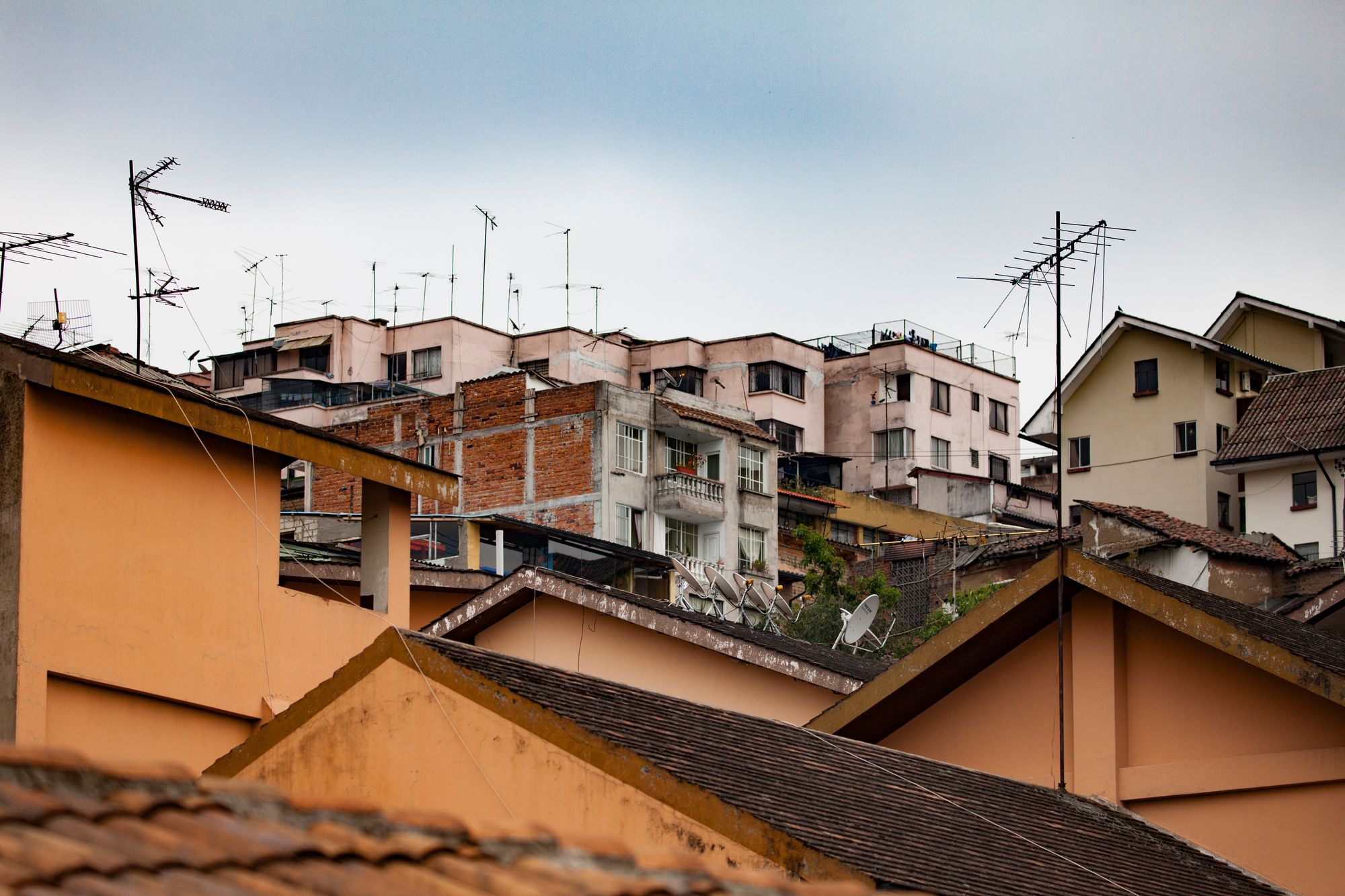
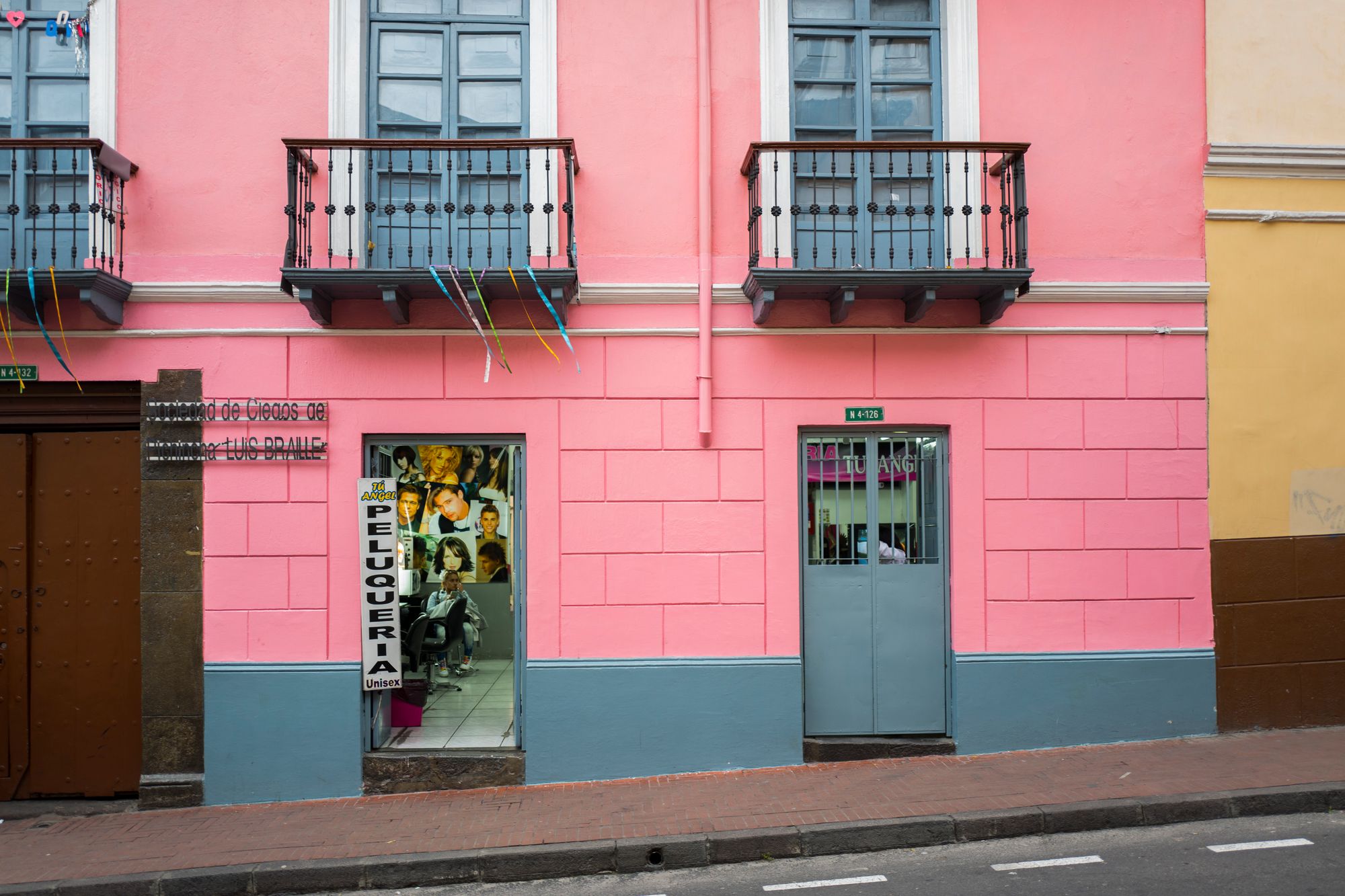
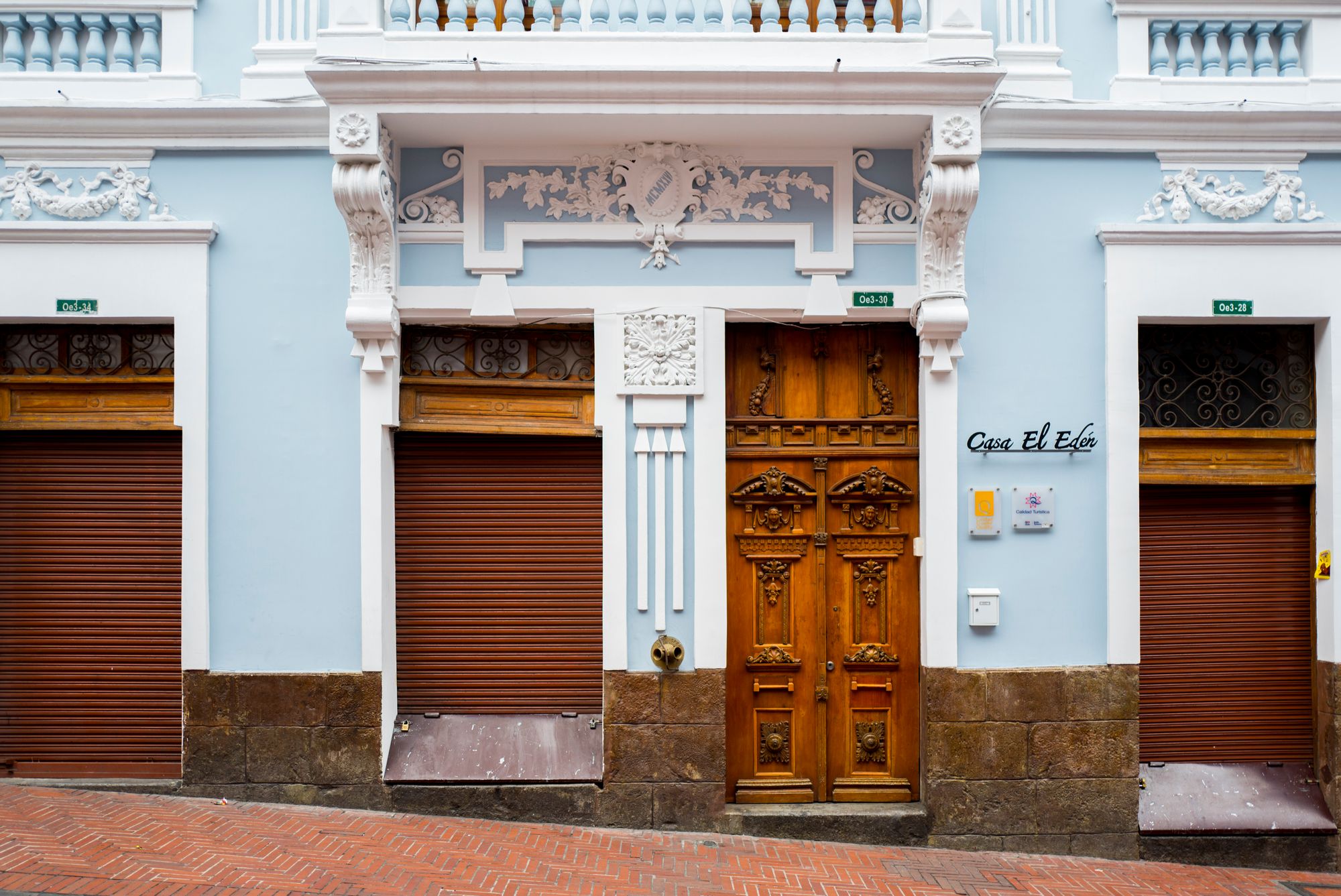

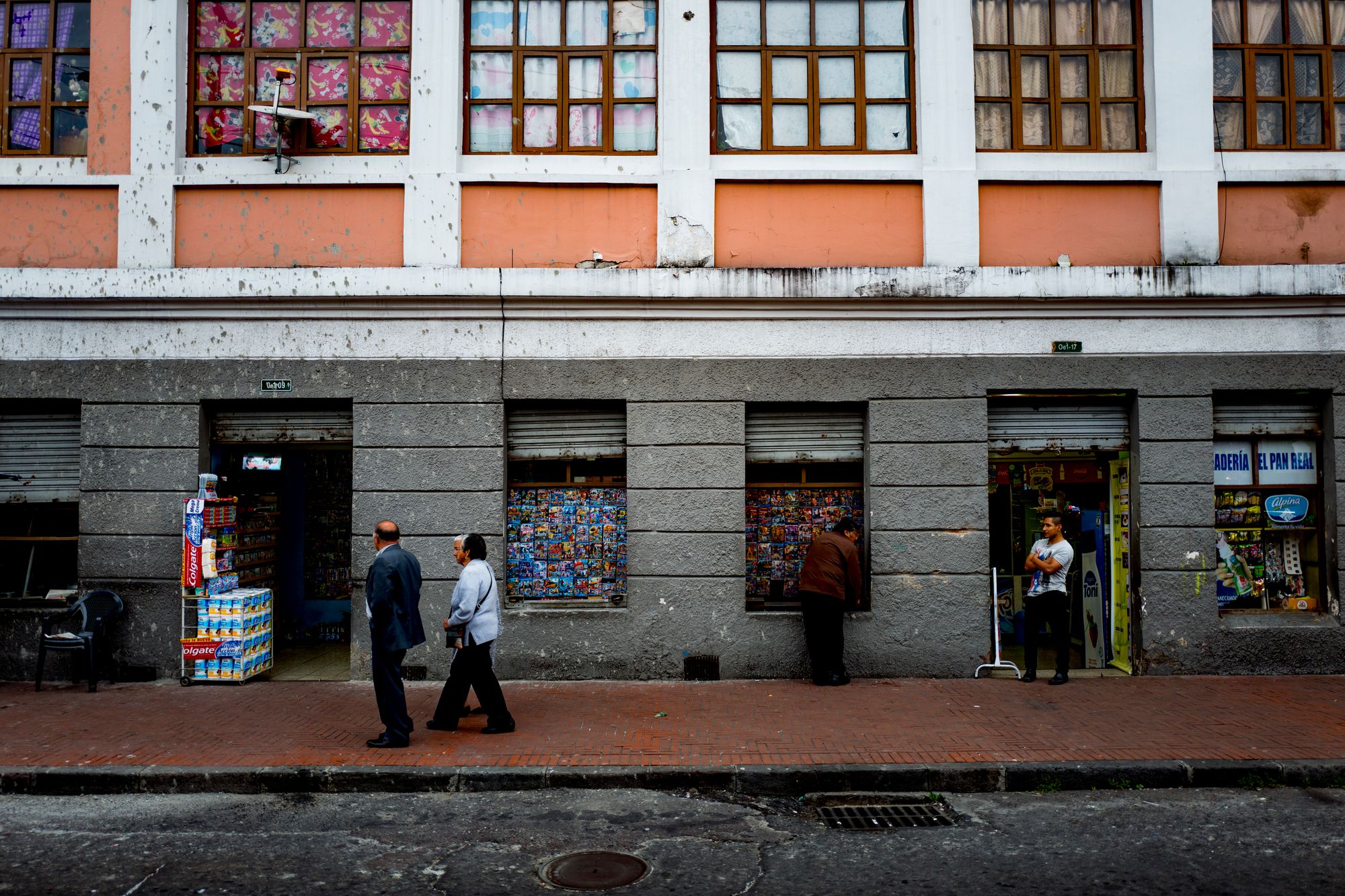
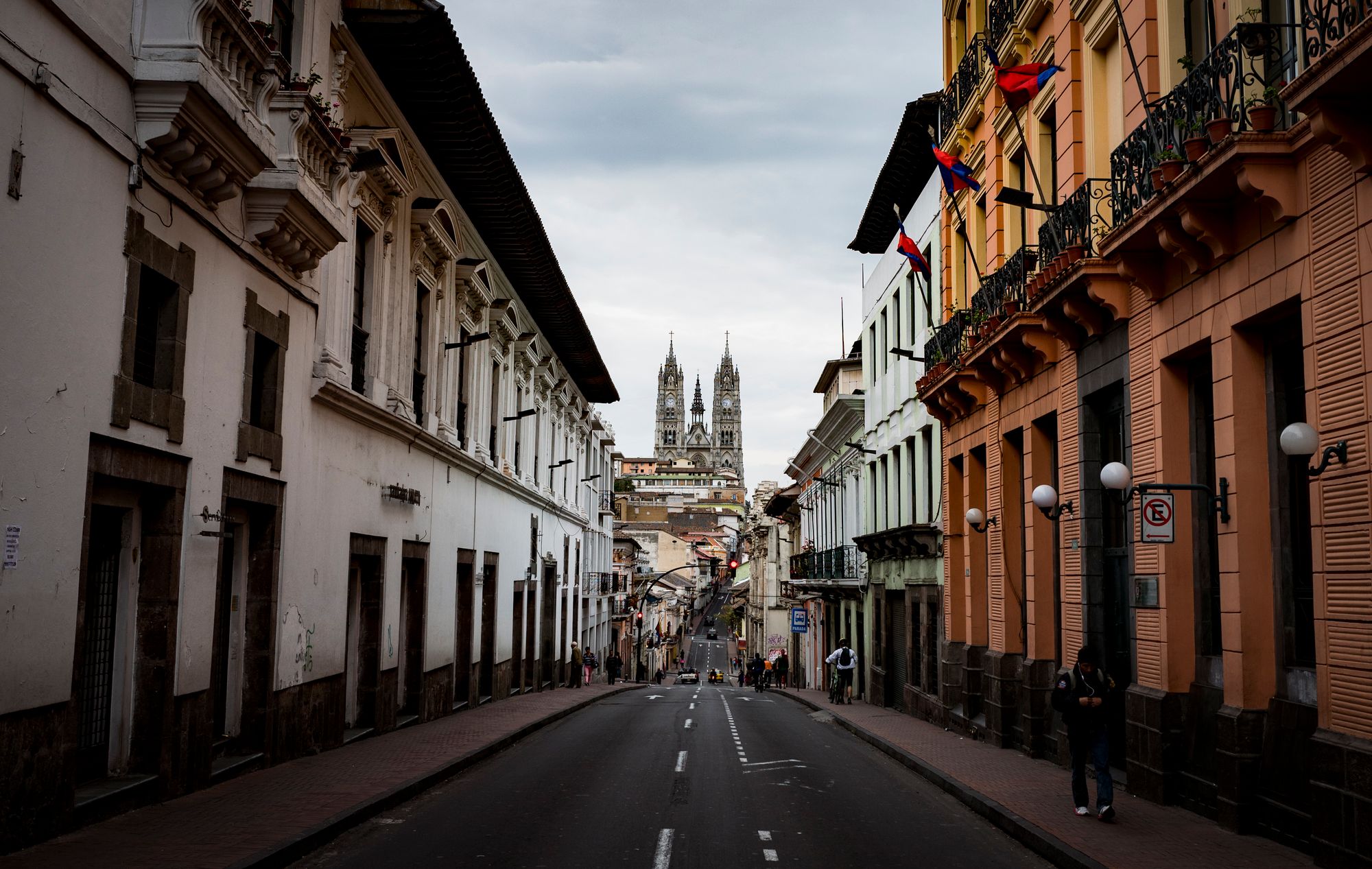

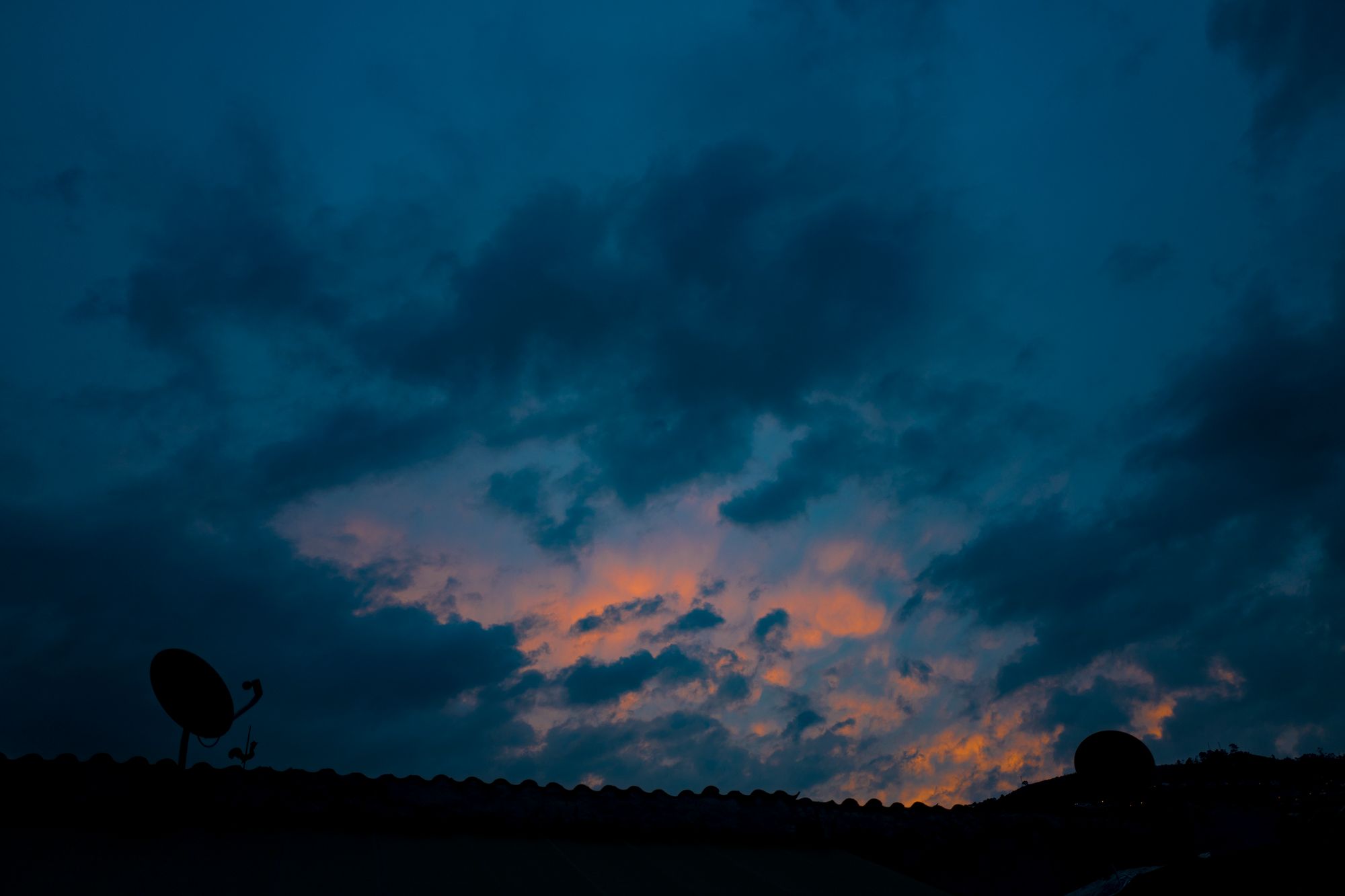
San Cristobal Island
San Cristobal is one of two entry points by plane to the islands. It is the first island Charles Darwin traveled to and also the easternmost in the archipelago.

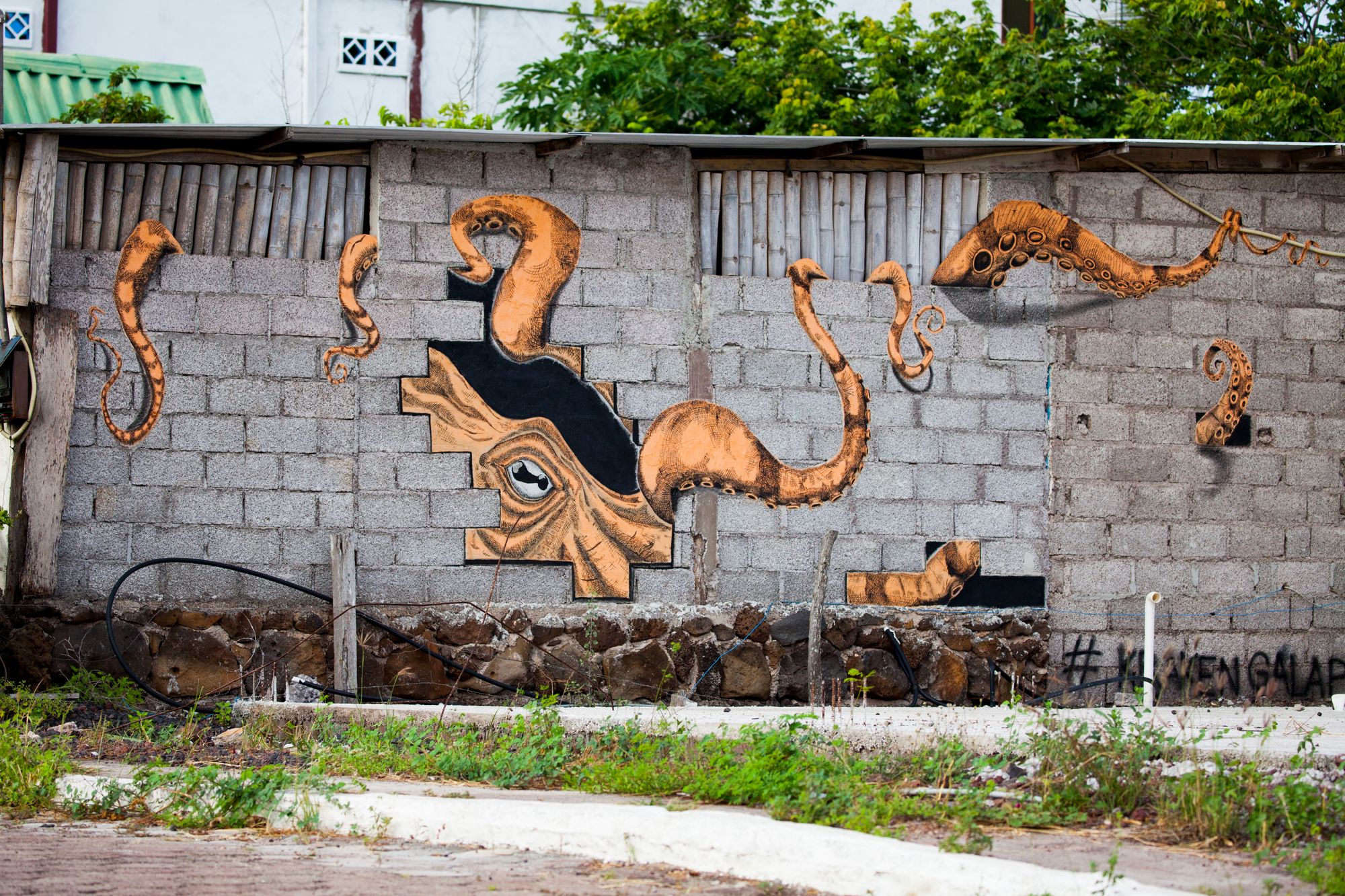
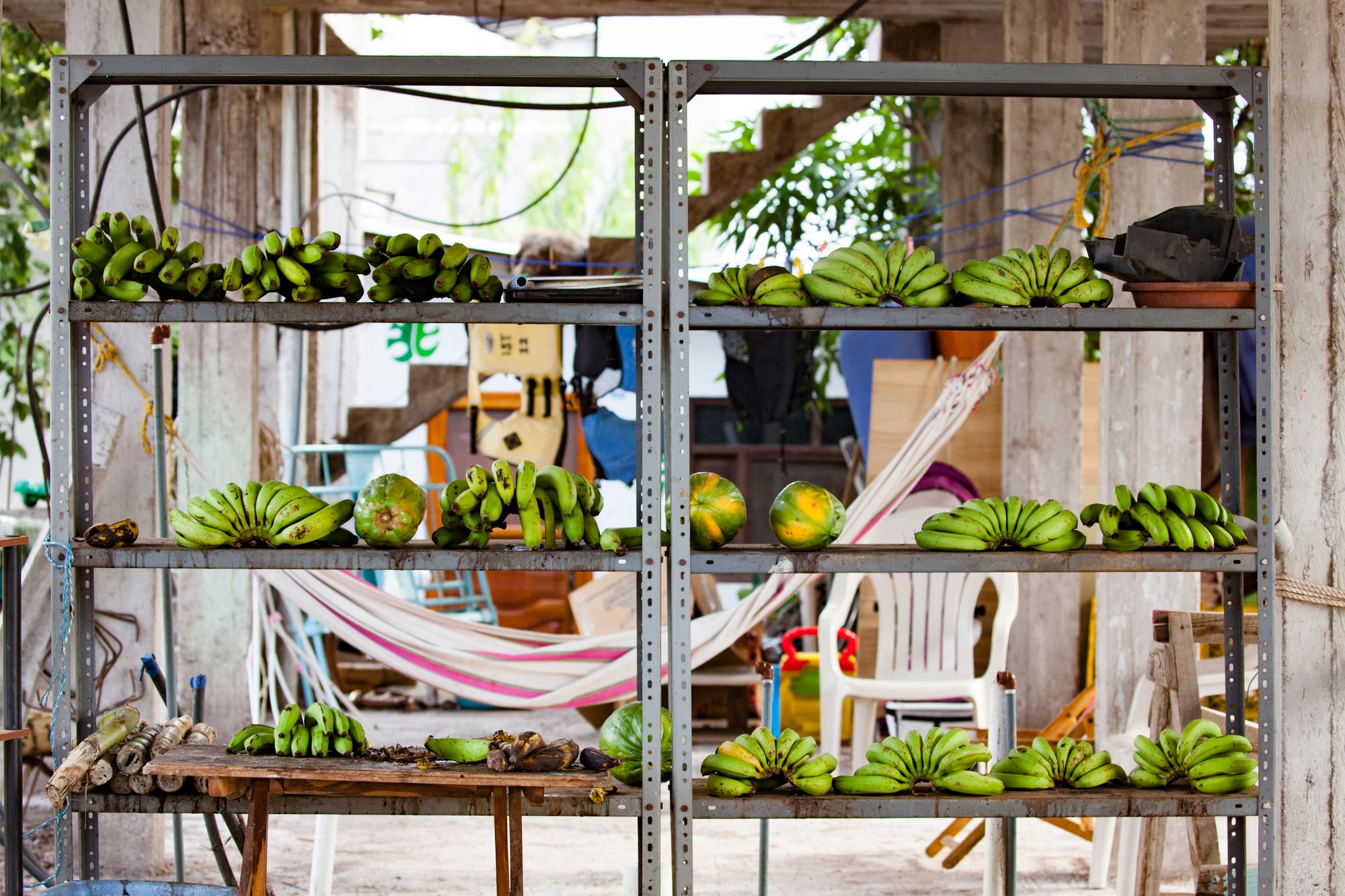


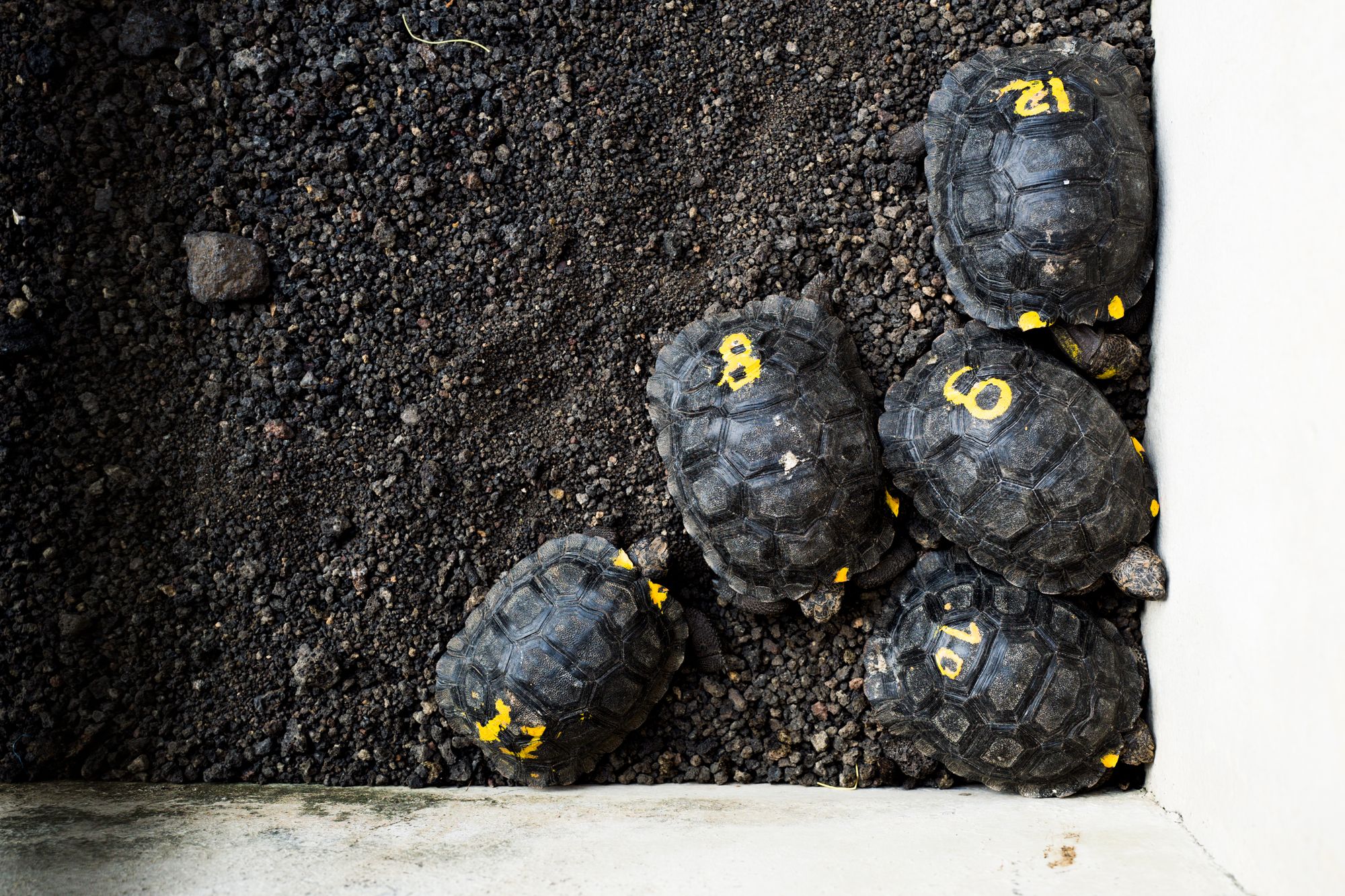

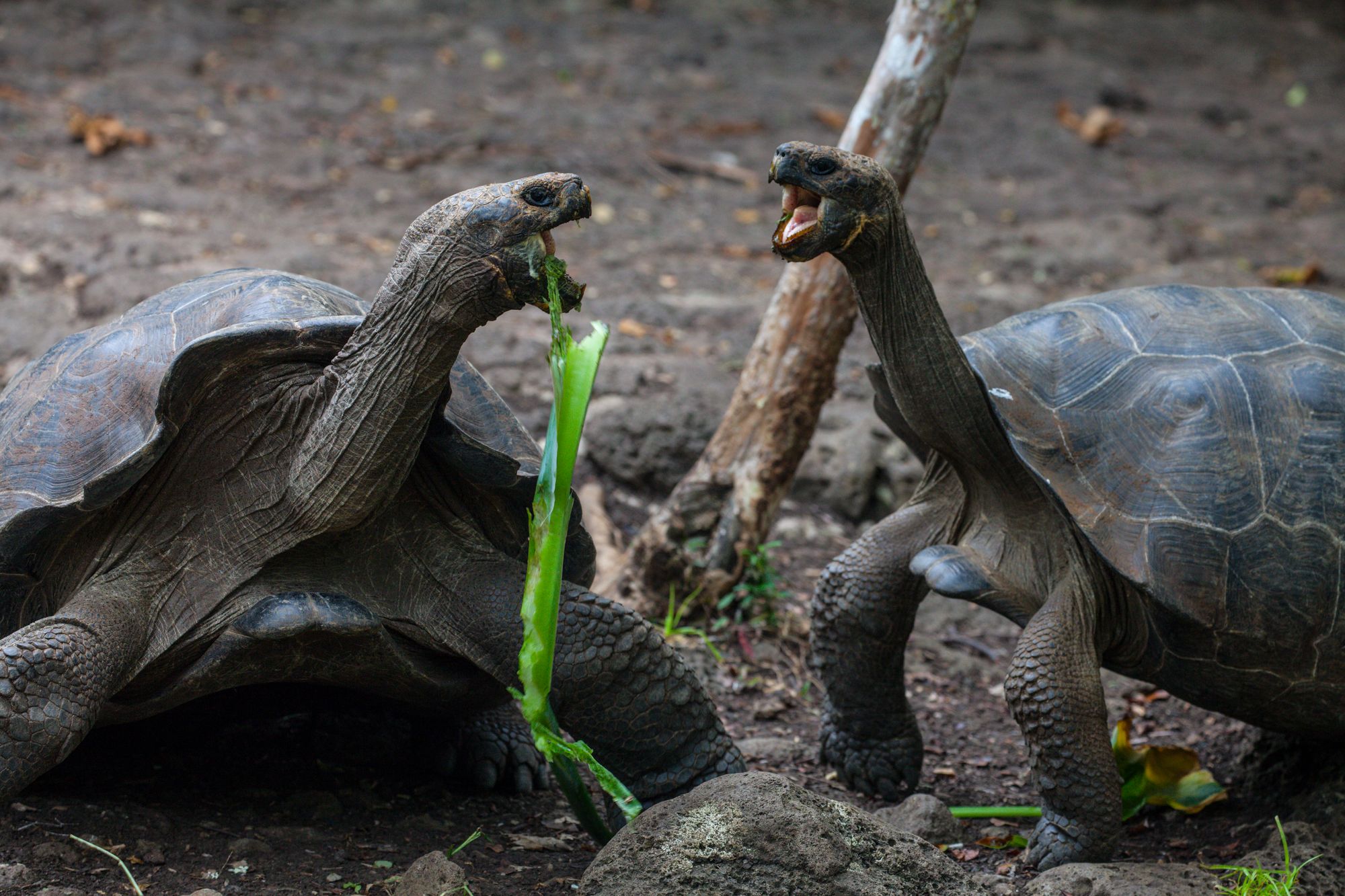


Española Island
We awoke in the morning after a turbulent night of transit in crystal clear water and the oldest island in the archipelago in the distance.
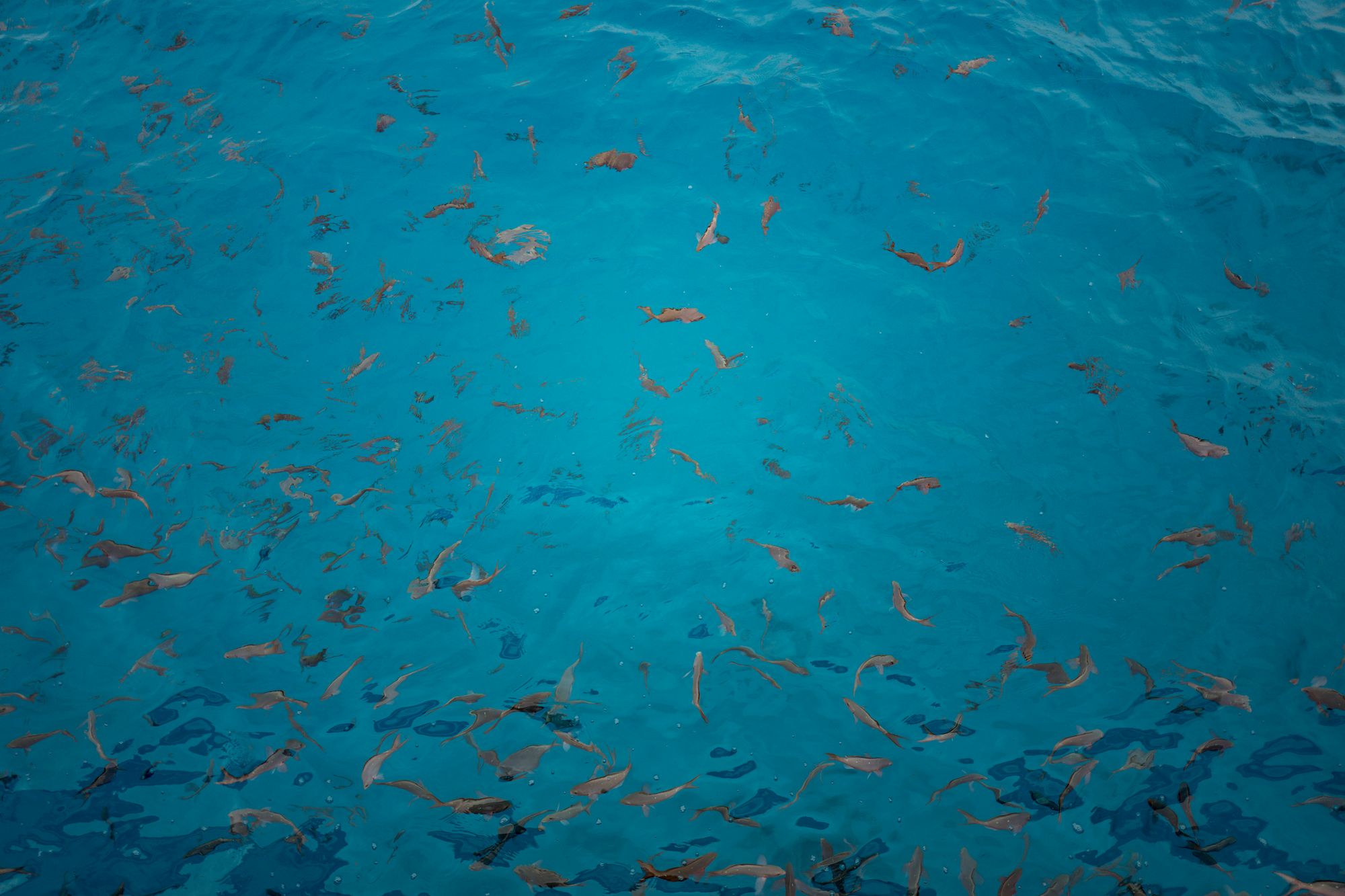



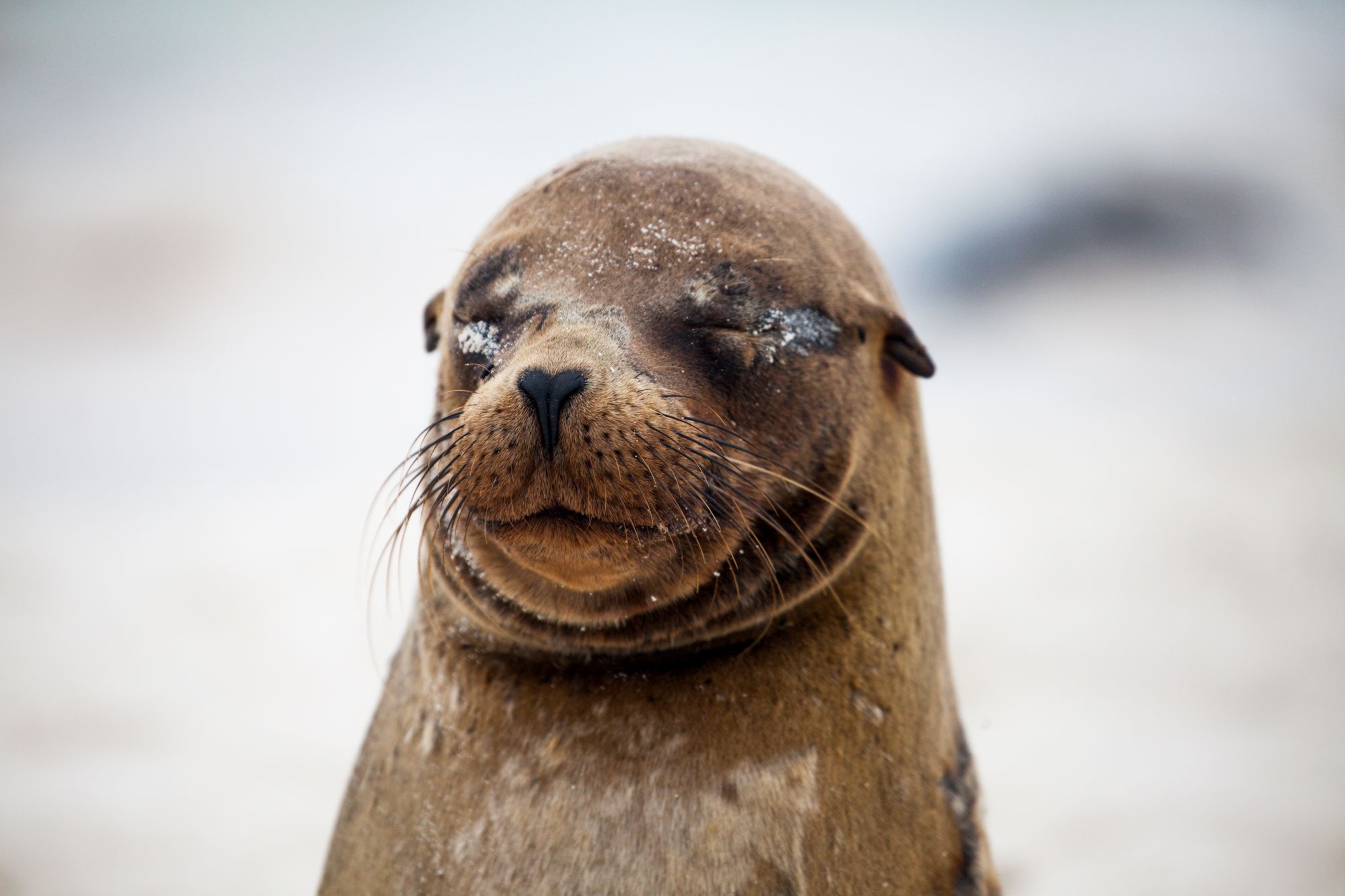

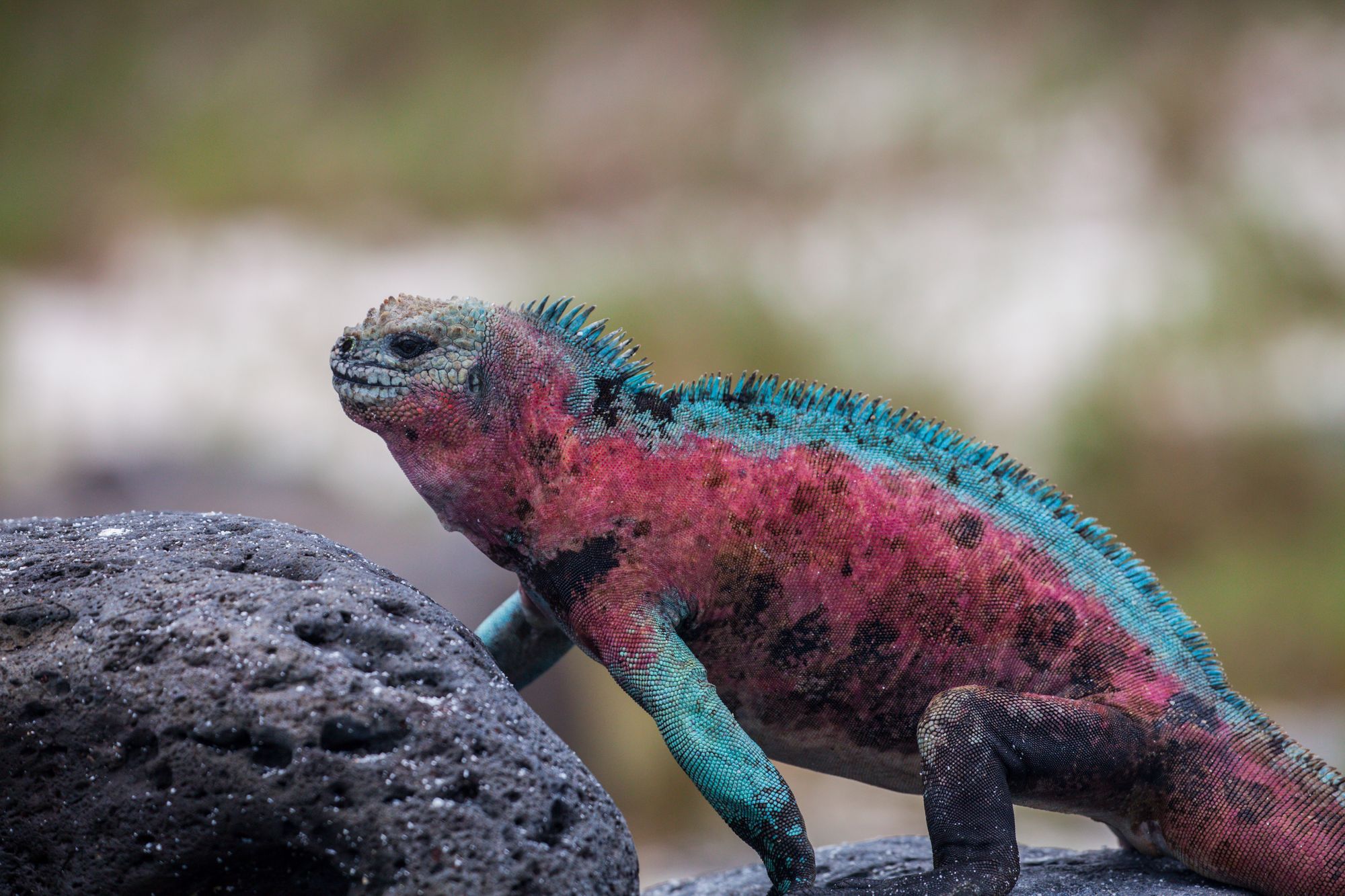

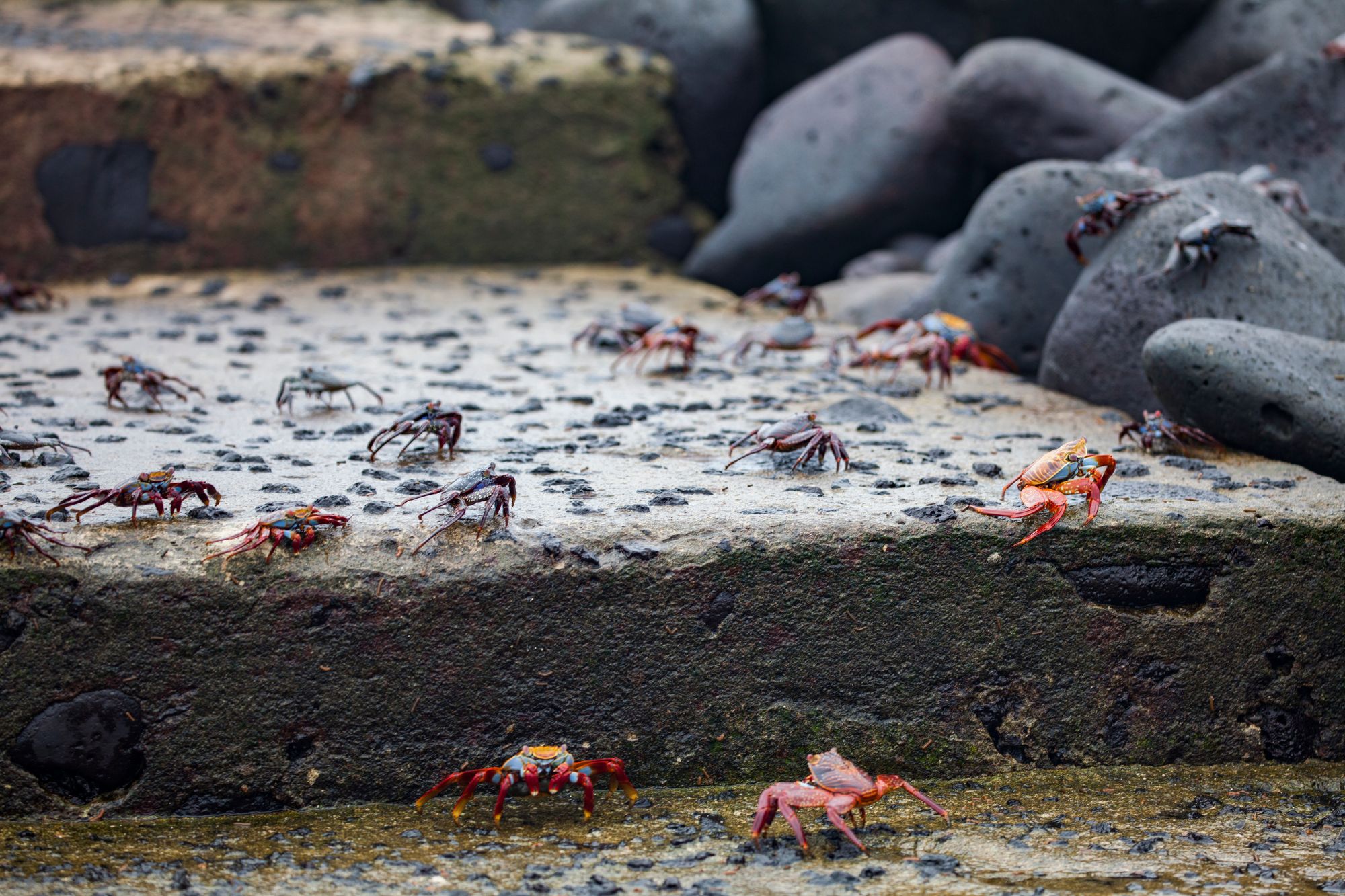
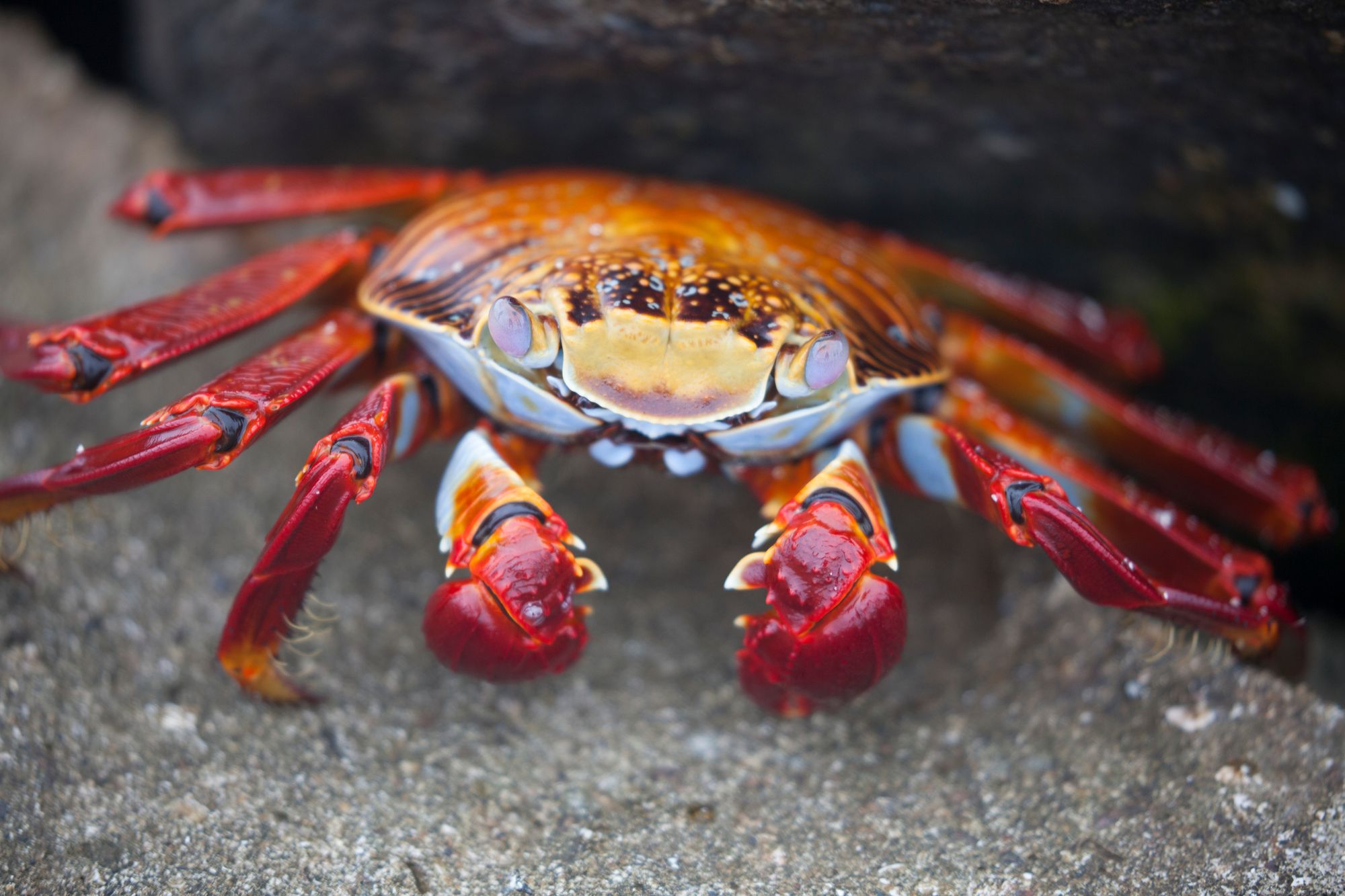



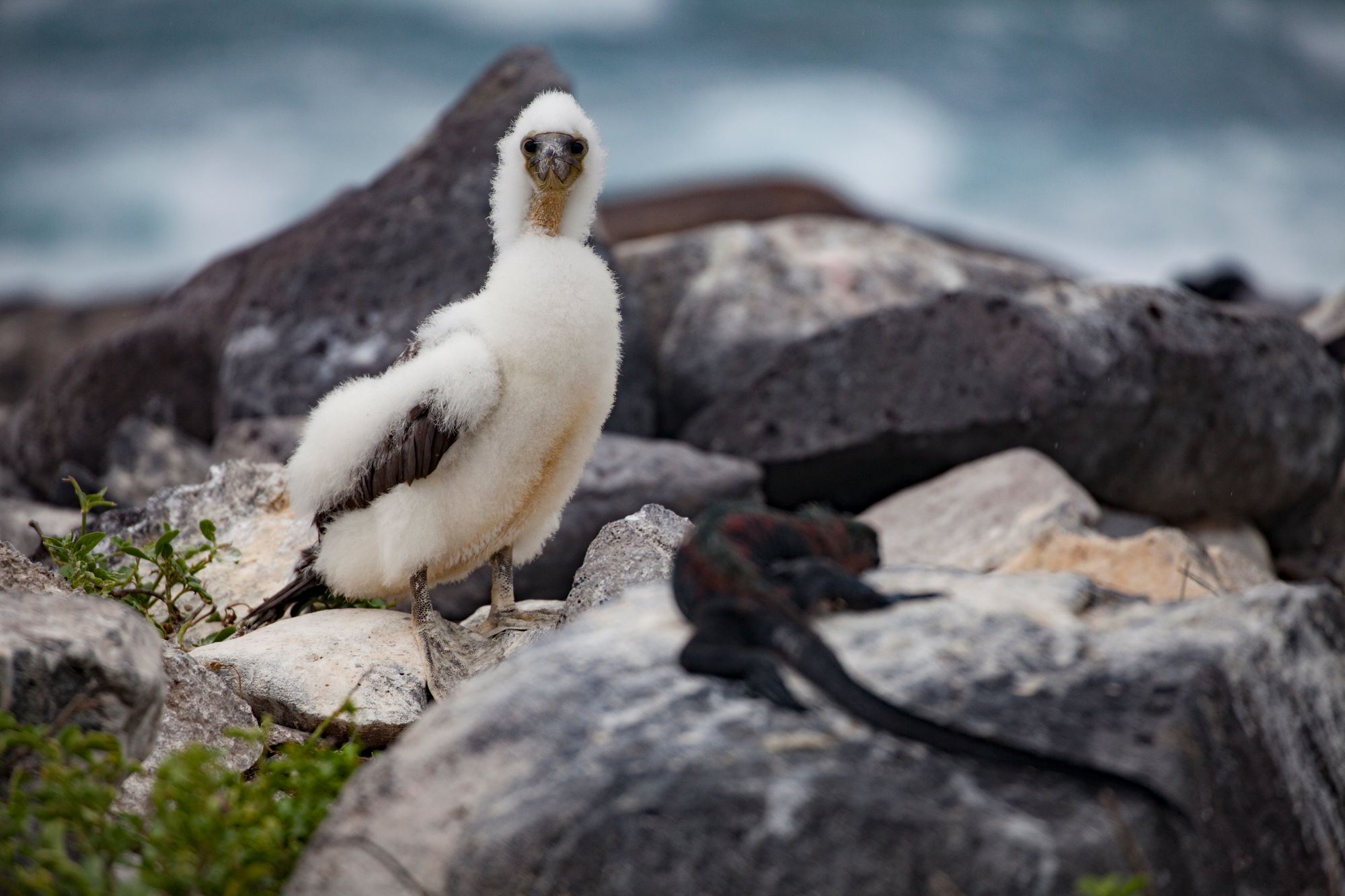
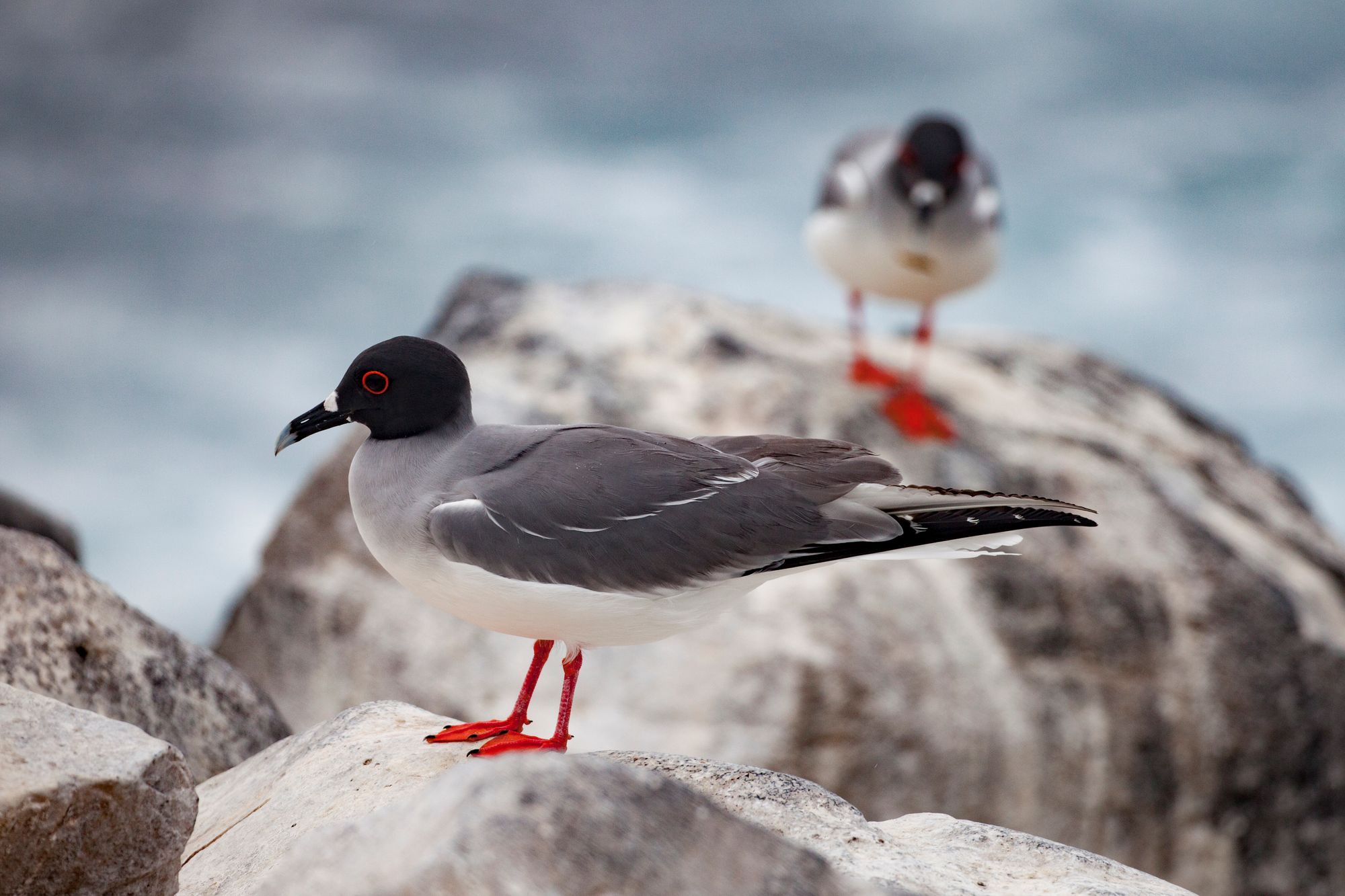
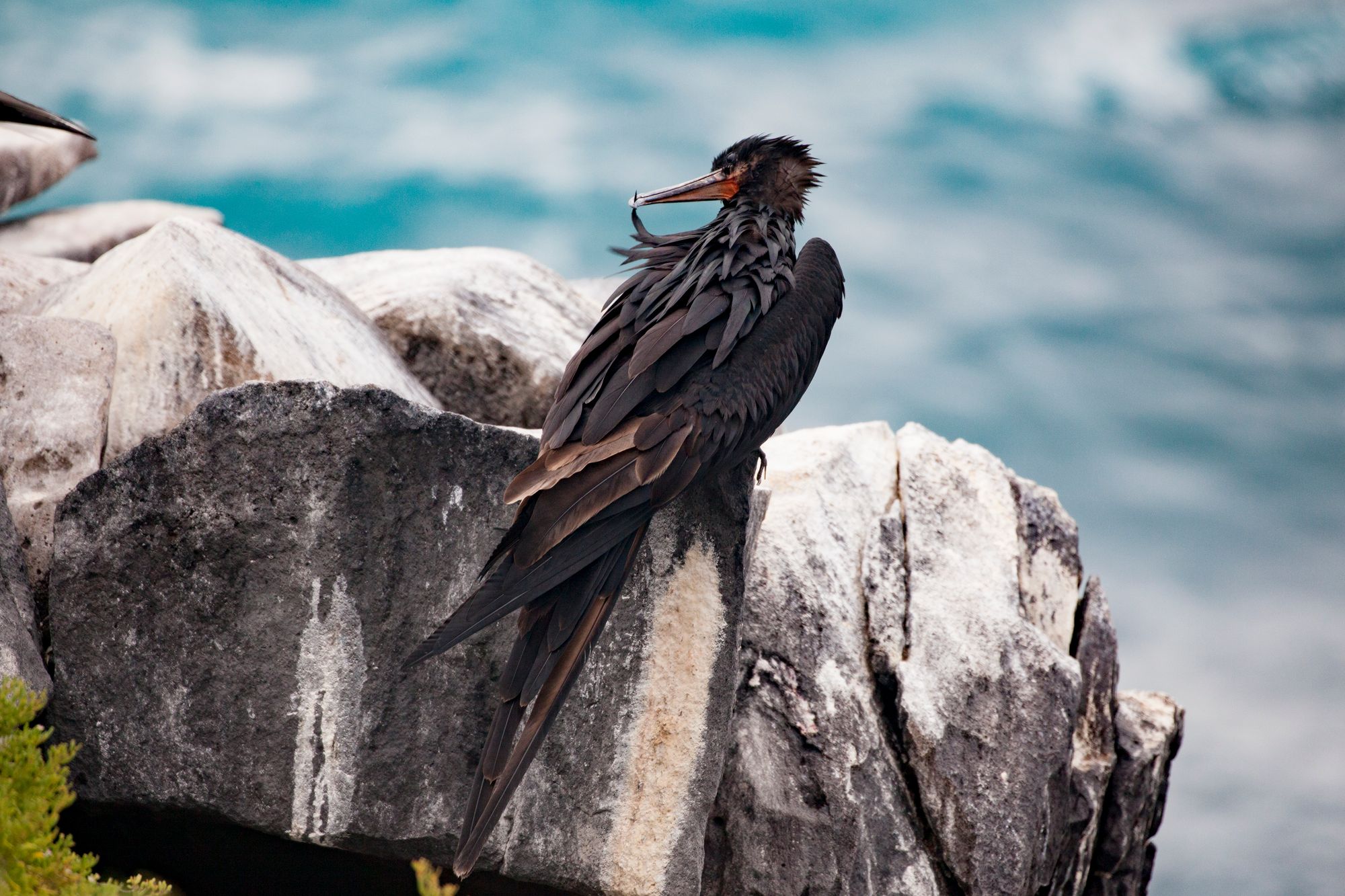

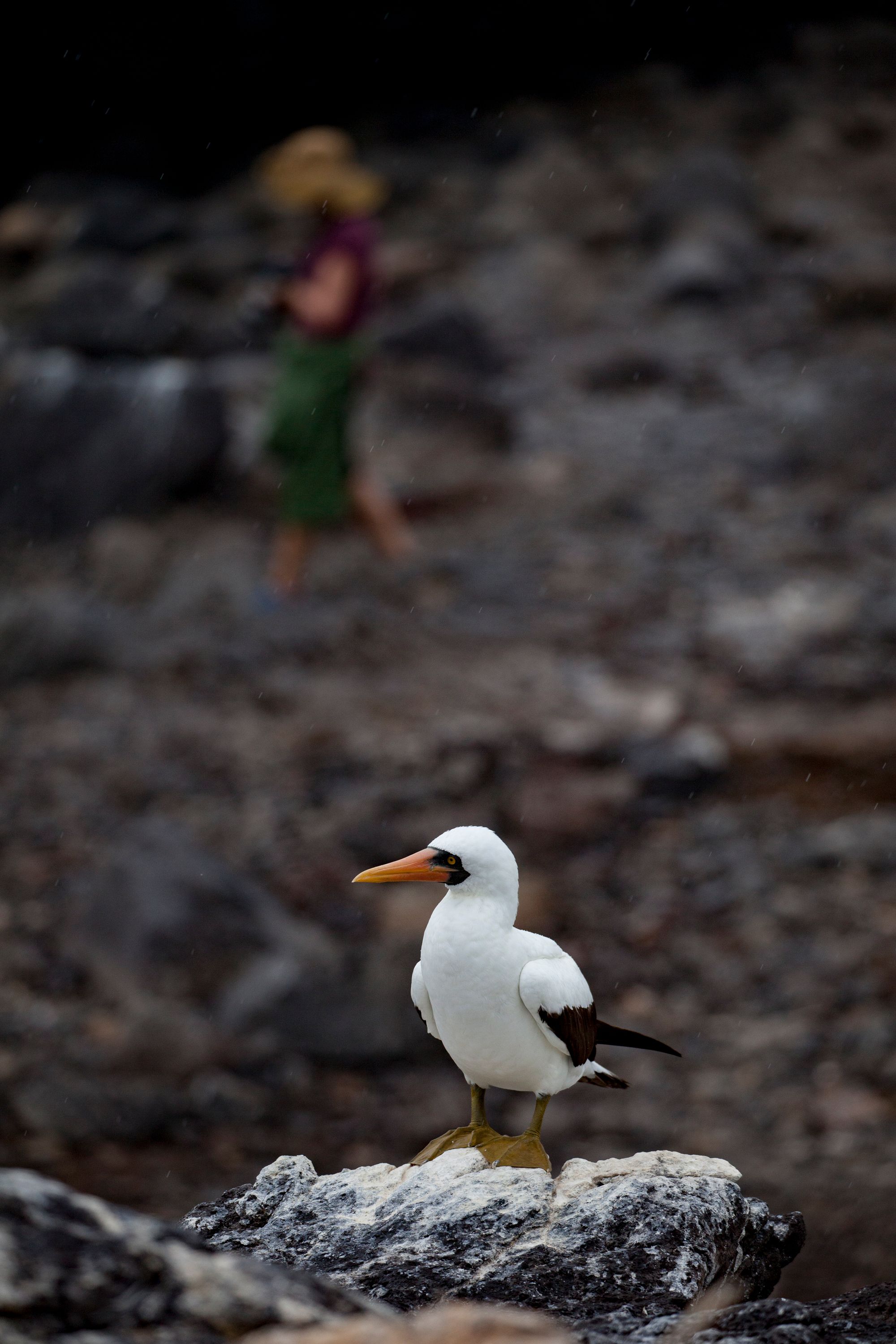
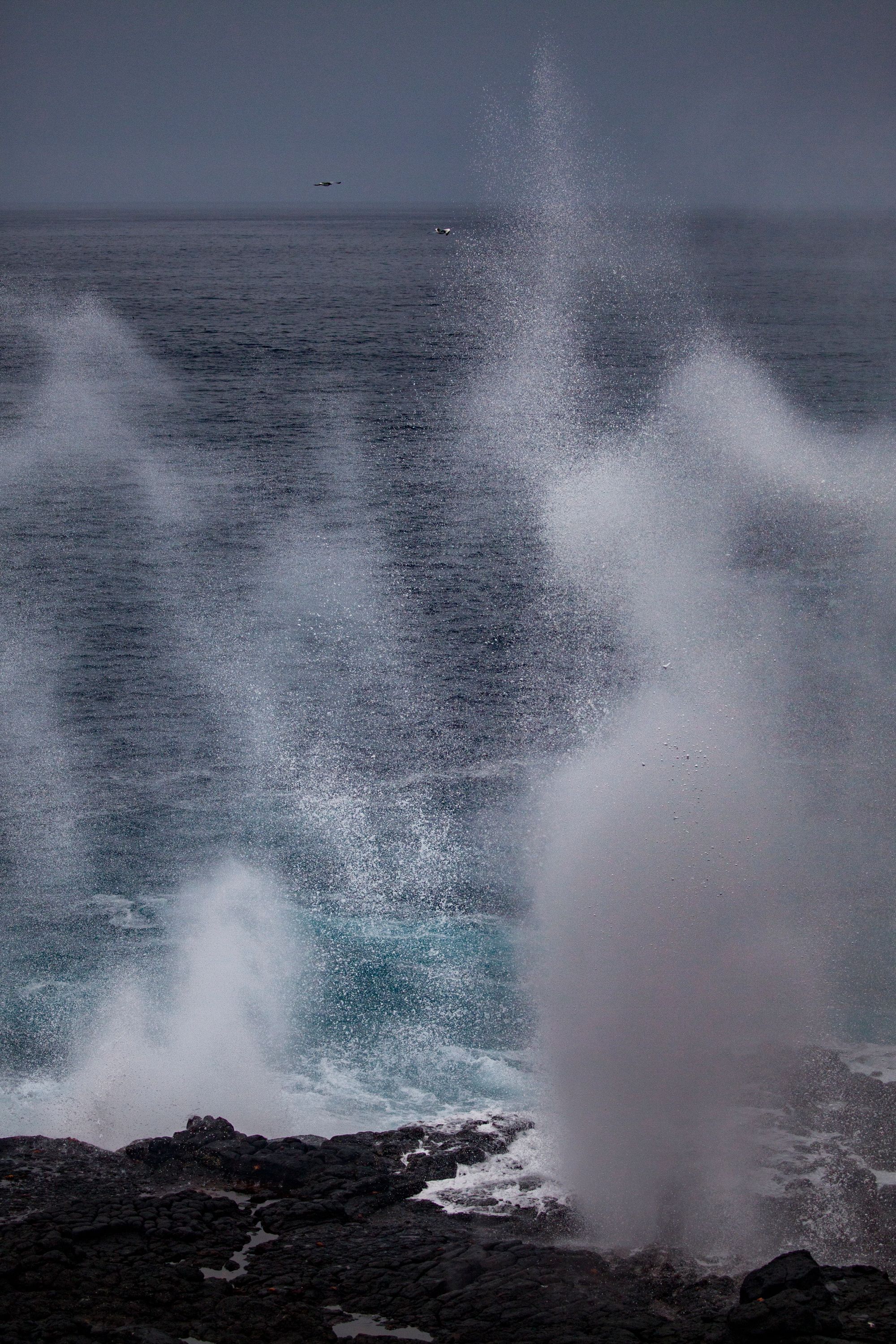
Floreana Island
Floreana Island is famous for its flamingo population, and we were treated to beautiful sights of them.
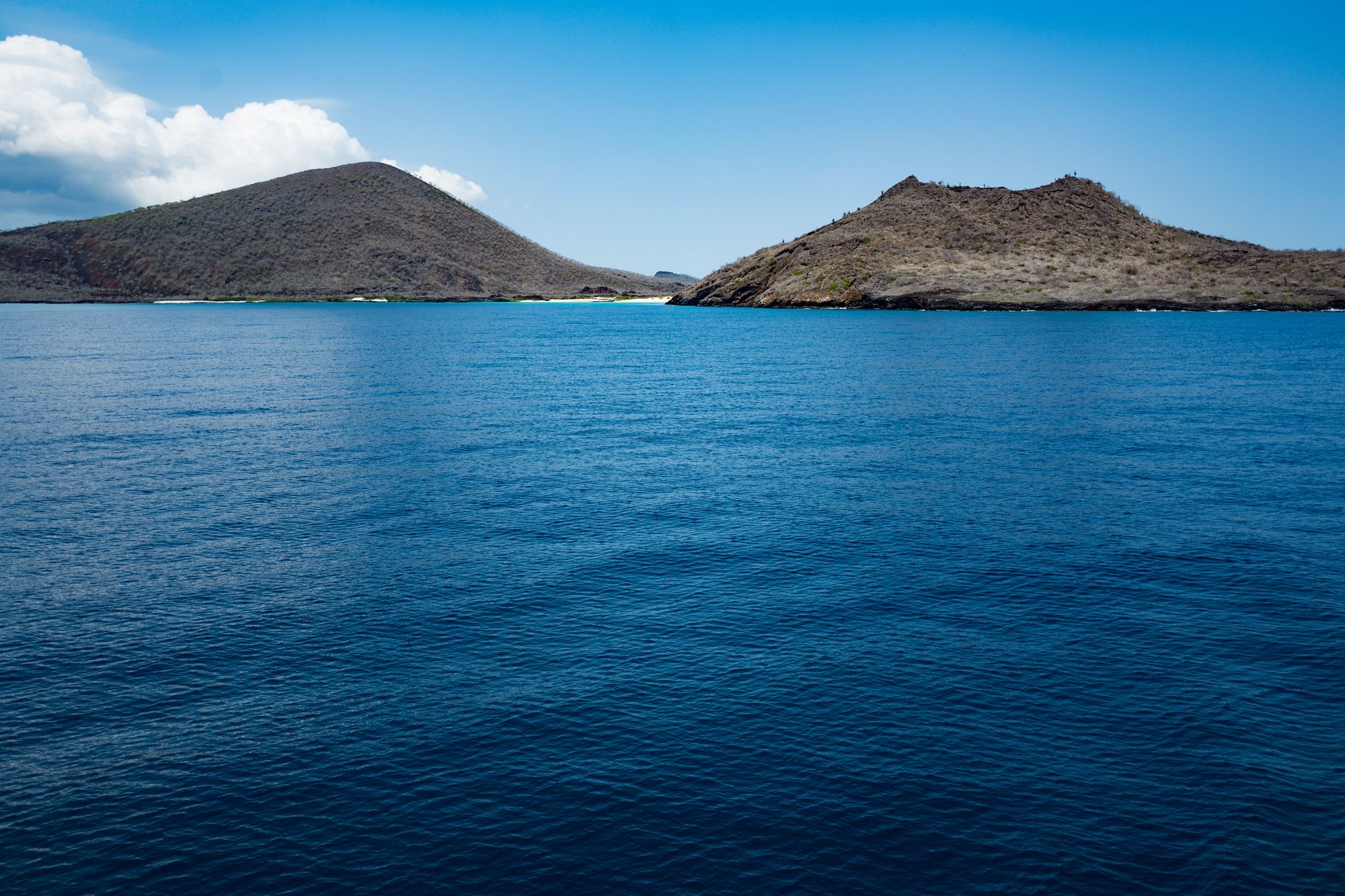


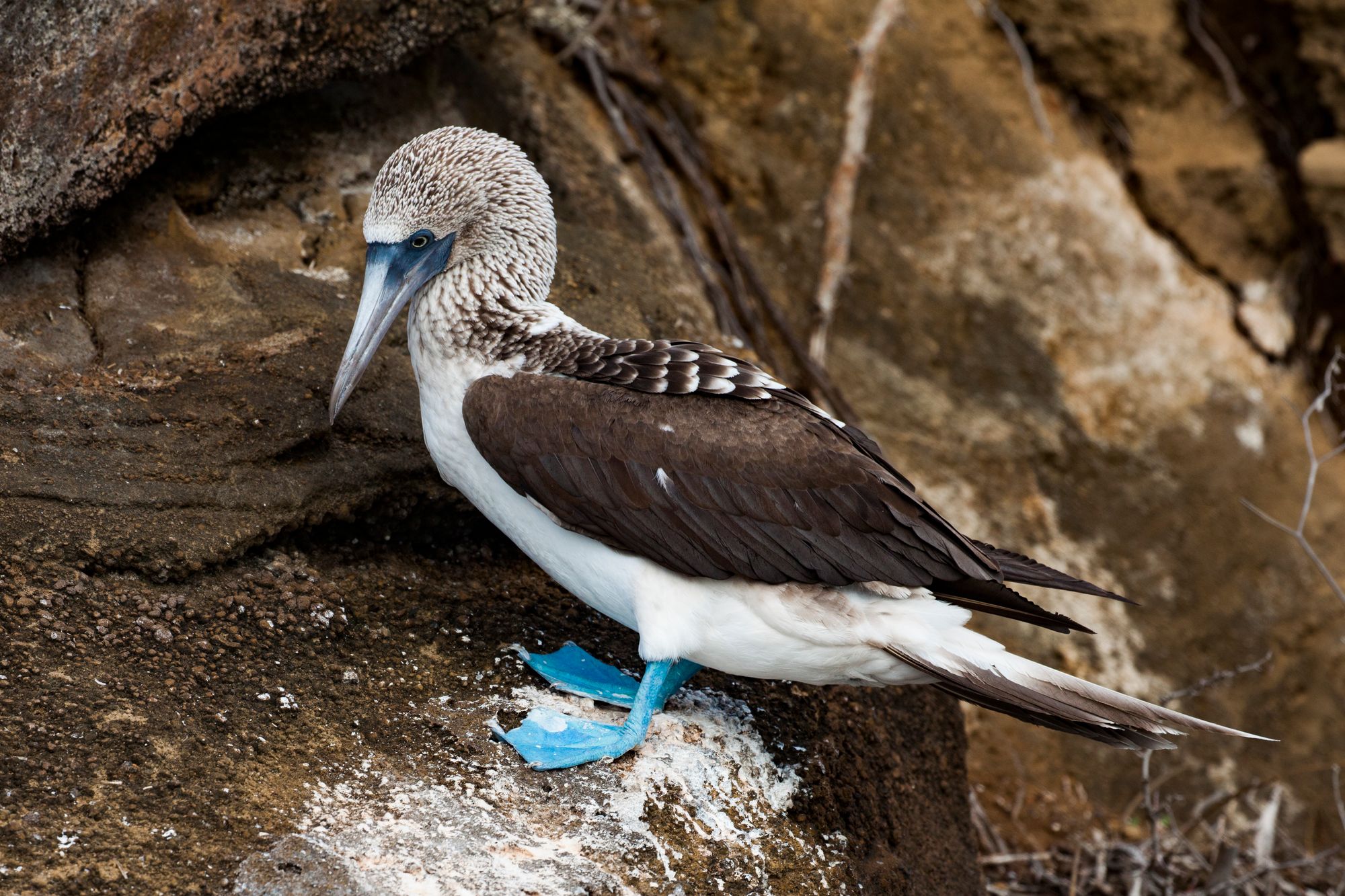
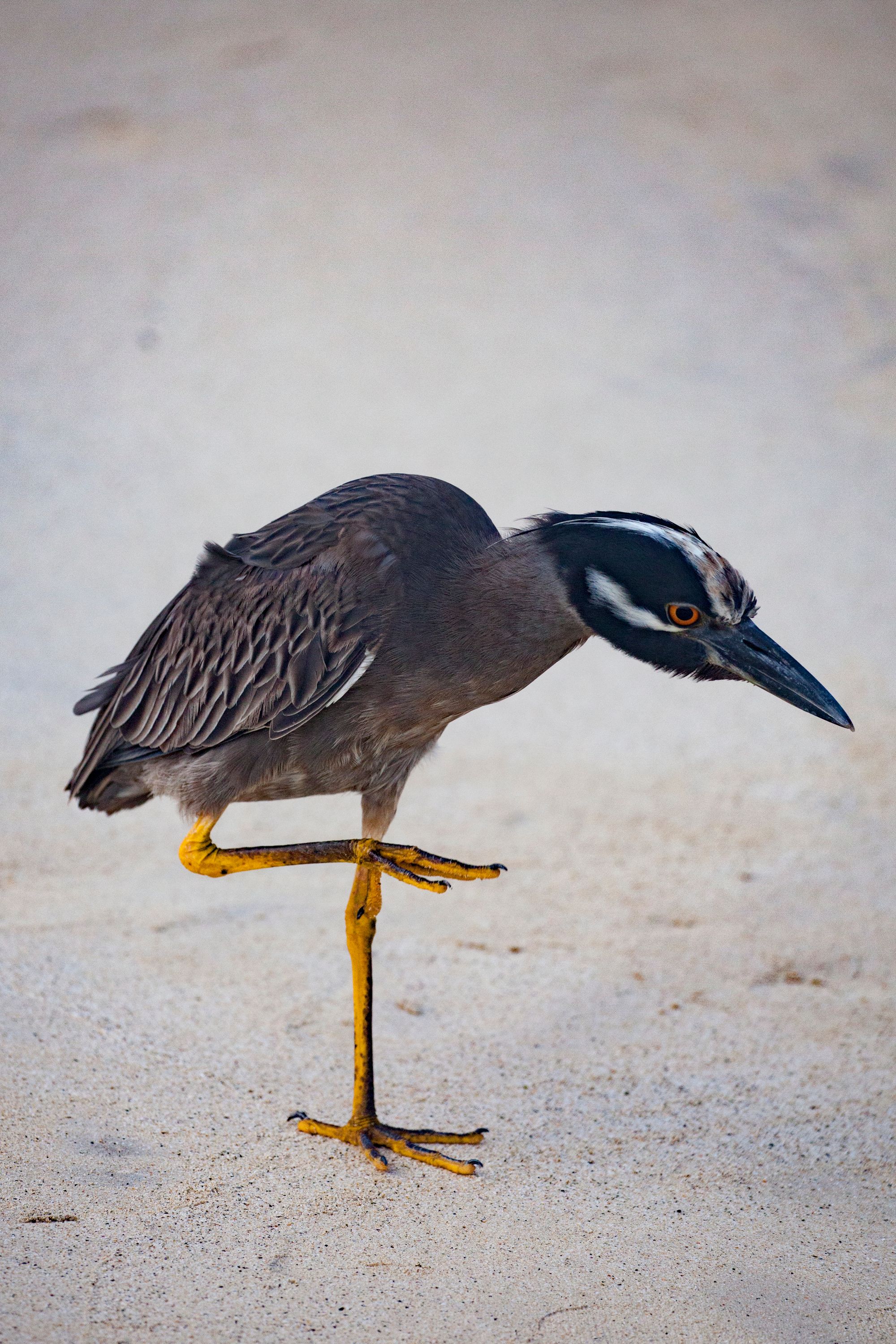


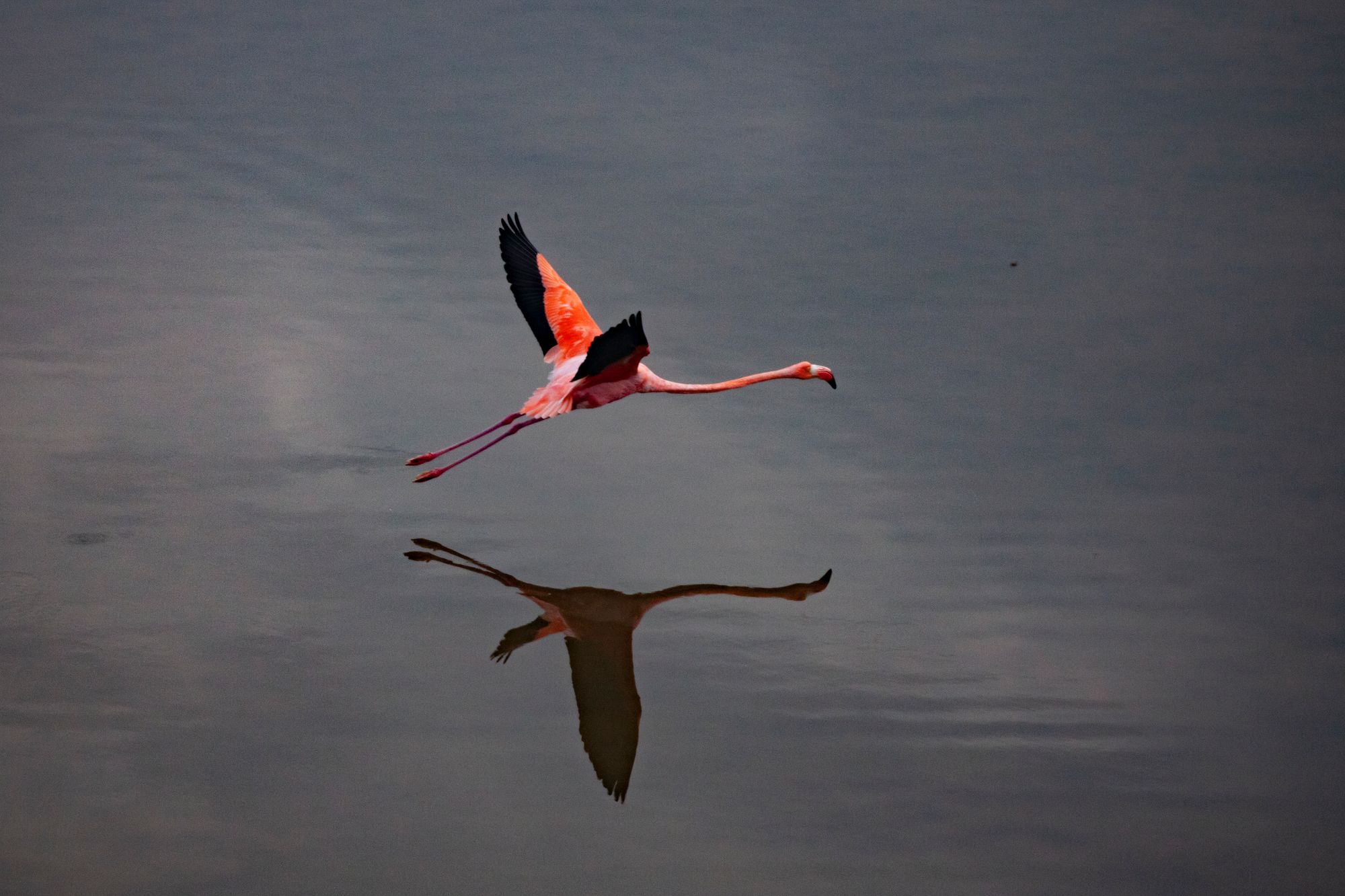
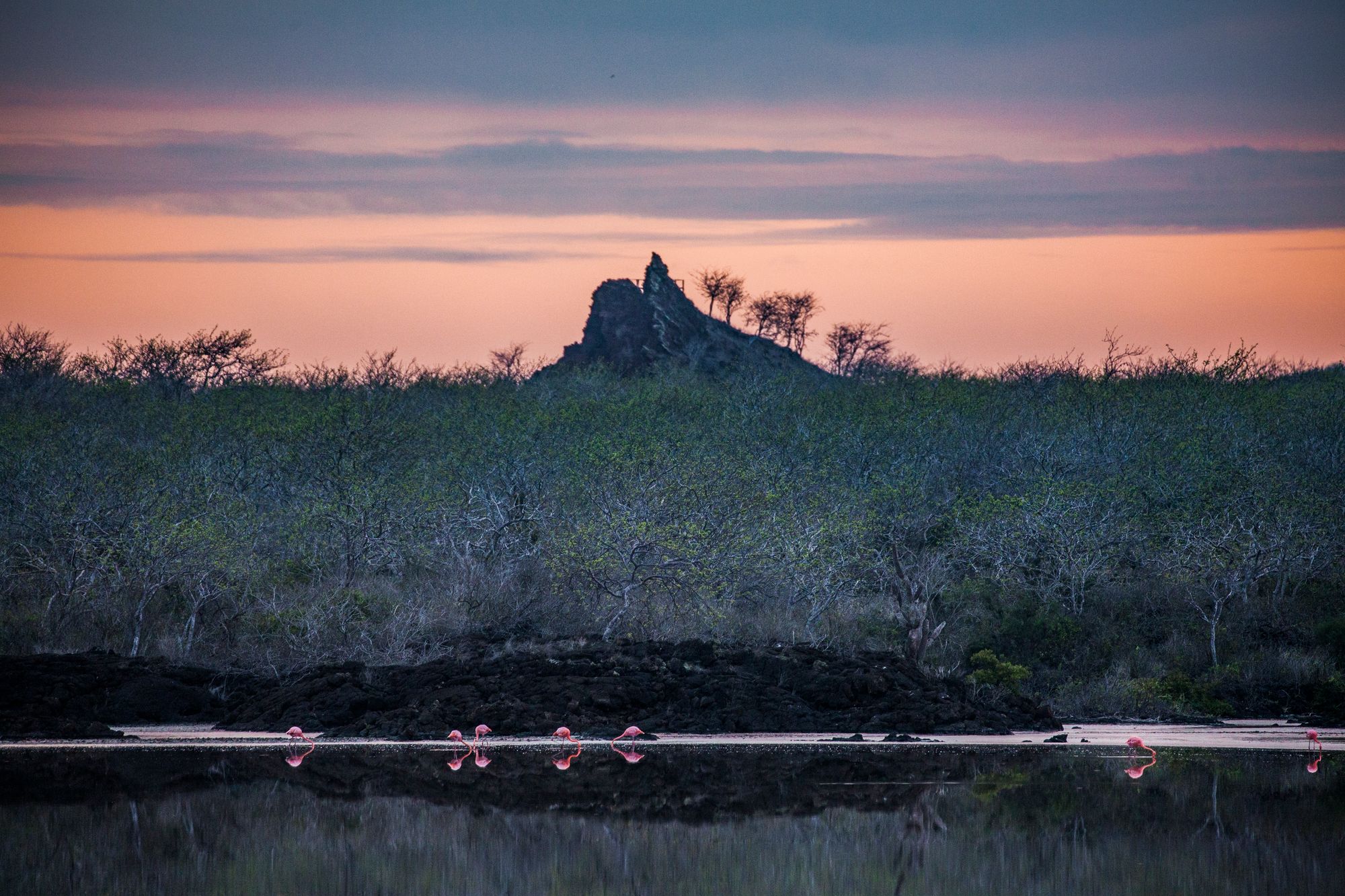

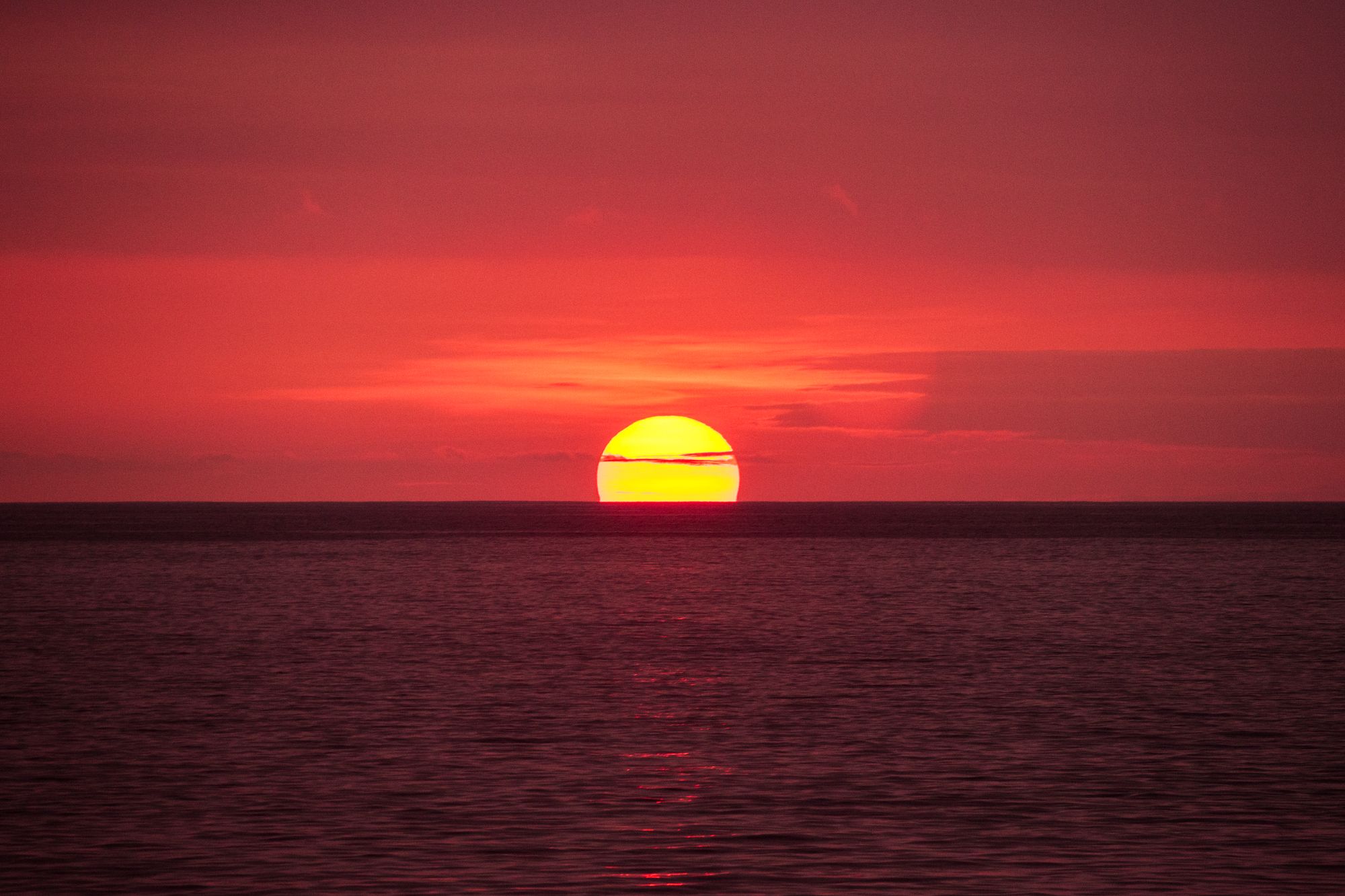
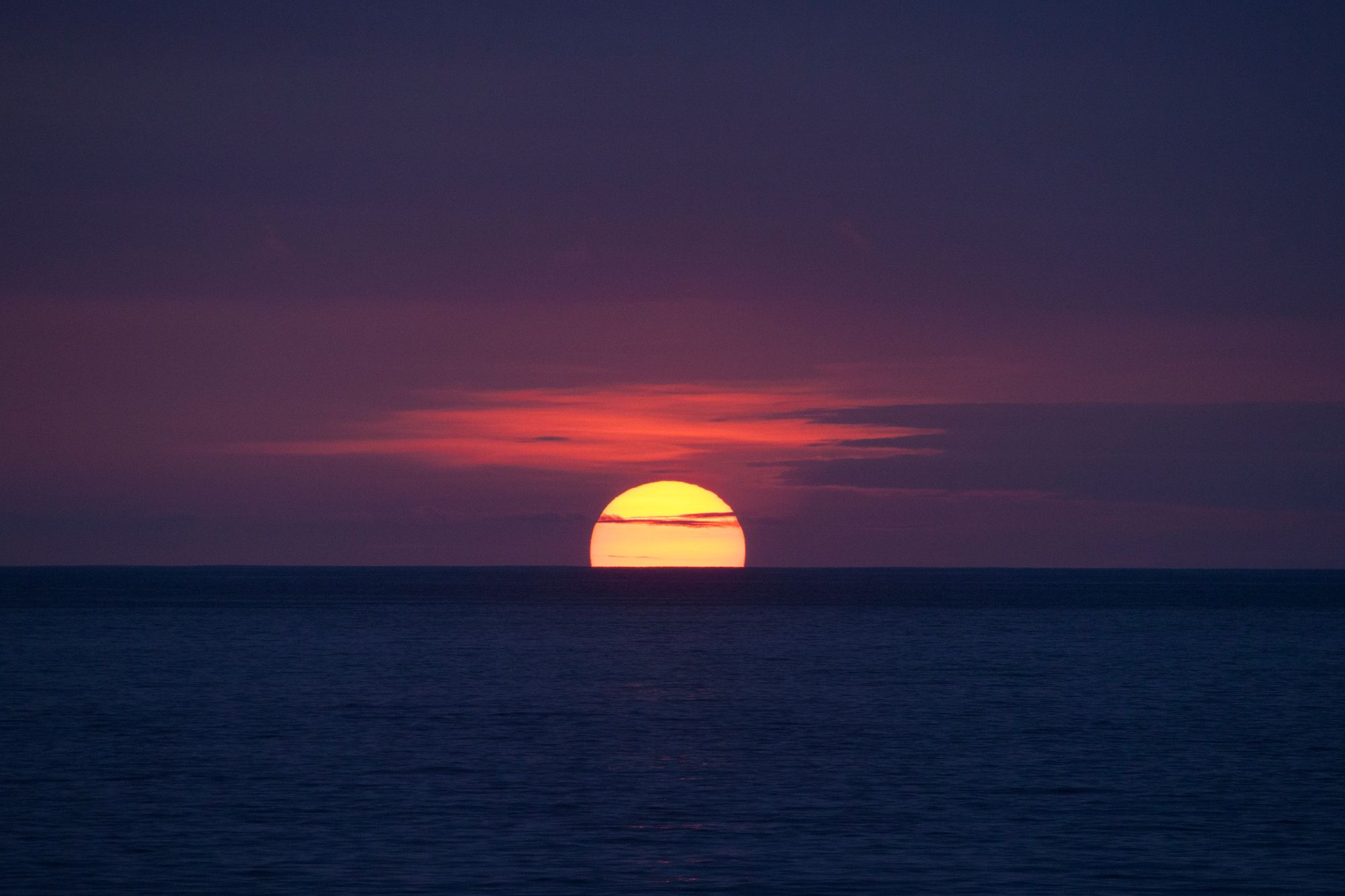
When we arrived back to our boat after touring Floreana, we found a sea lion had beached itself on the swim platform at the back, blocking our ability to board on one side. Soon we saw why. A school of at least half a dozen sharks were surrounding the boat, and hunting sea lions under the hull. It was a fight and feast in the water until the early morning.
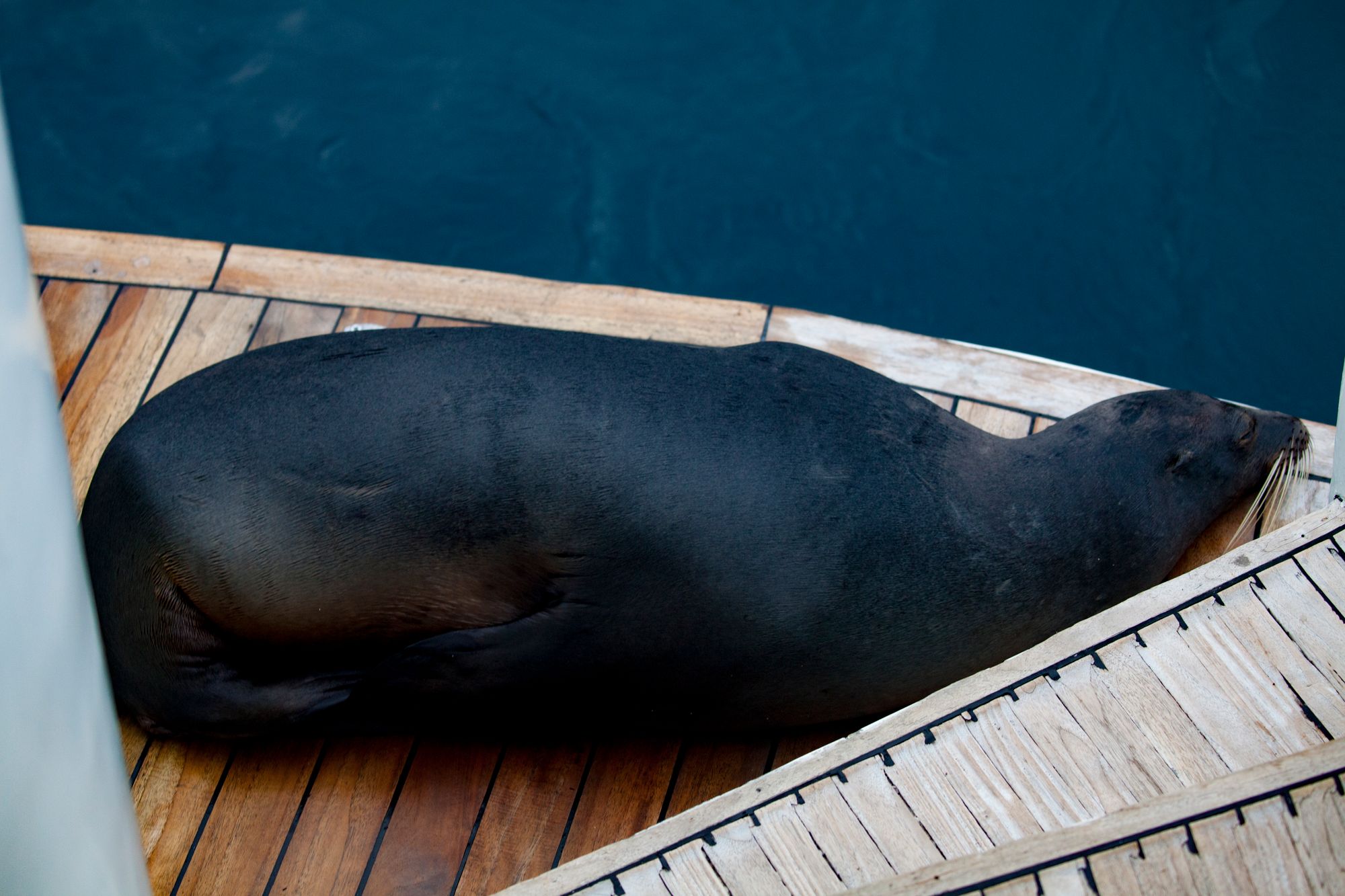
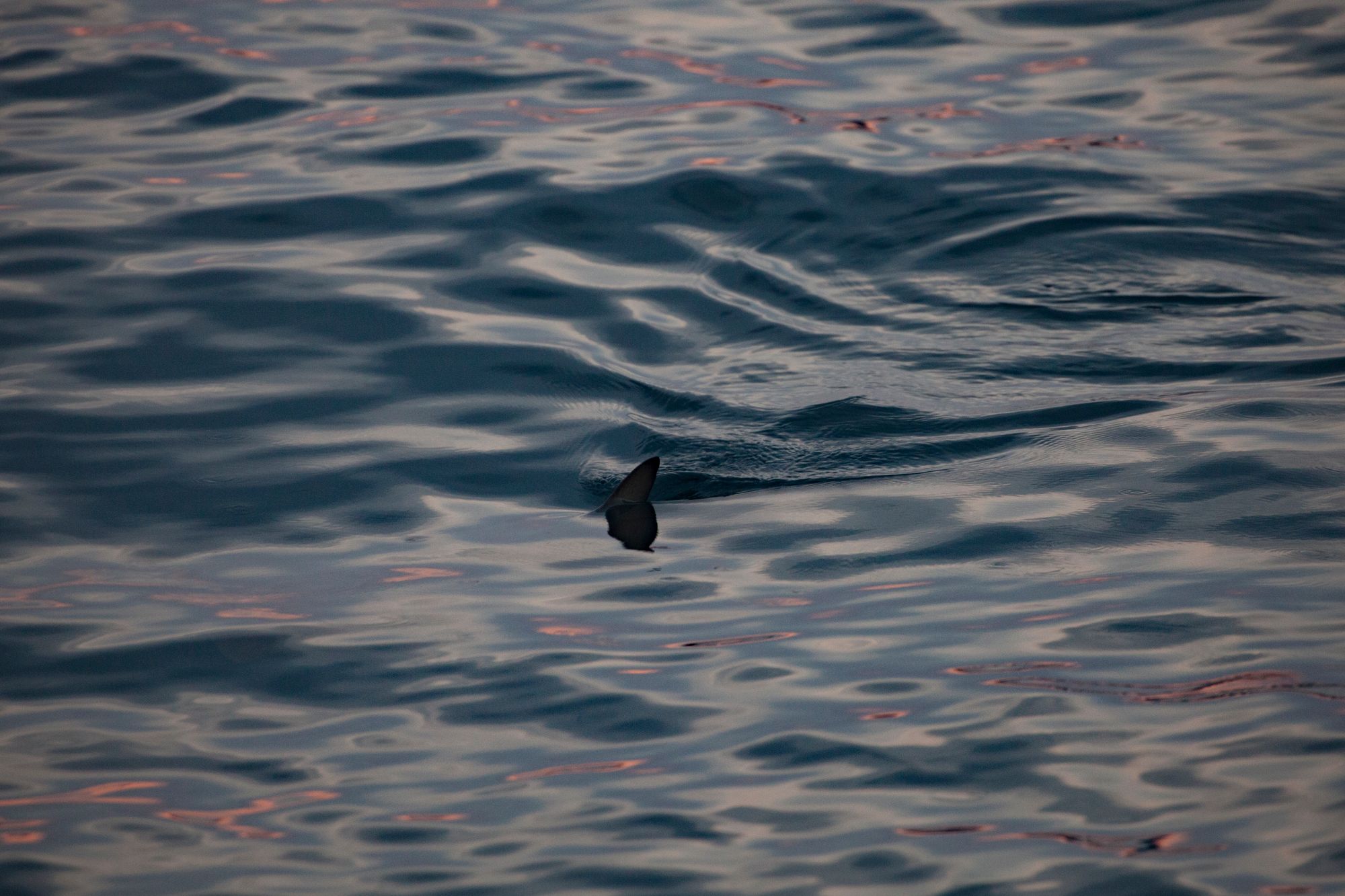

Santa Fe Island
We made a brief morning sunrise visit to the small Santa Fe Island on our last day, just west of our final stop, Santa Cruz Island.
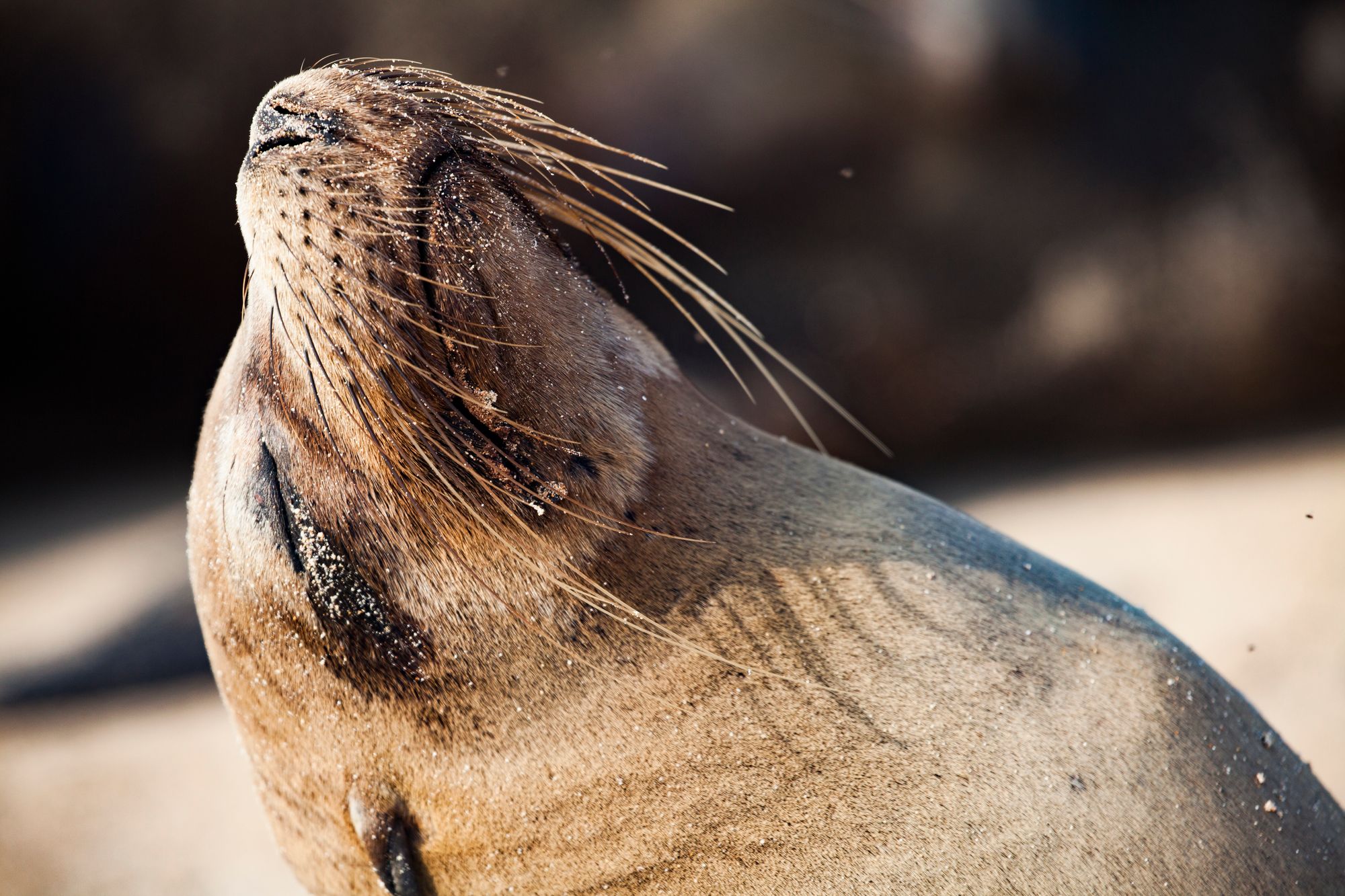


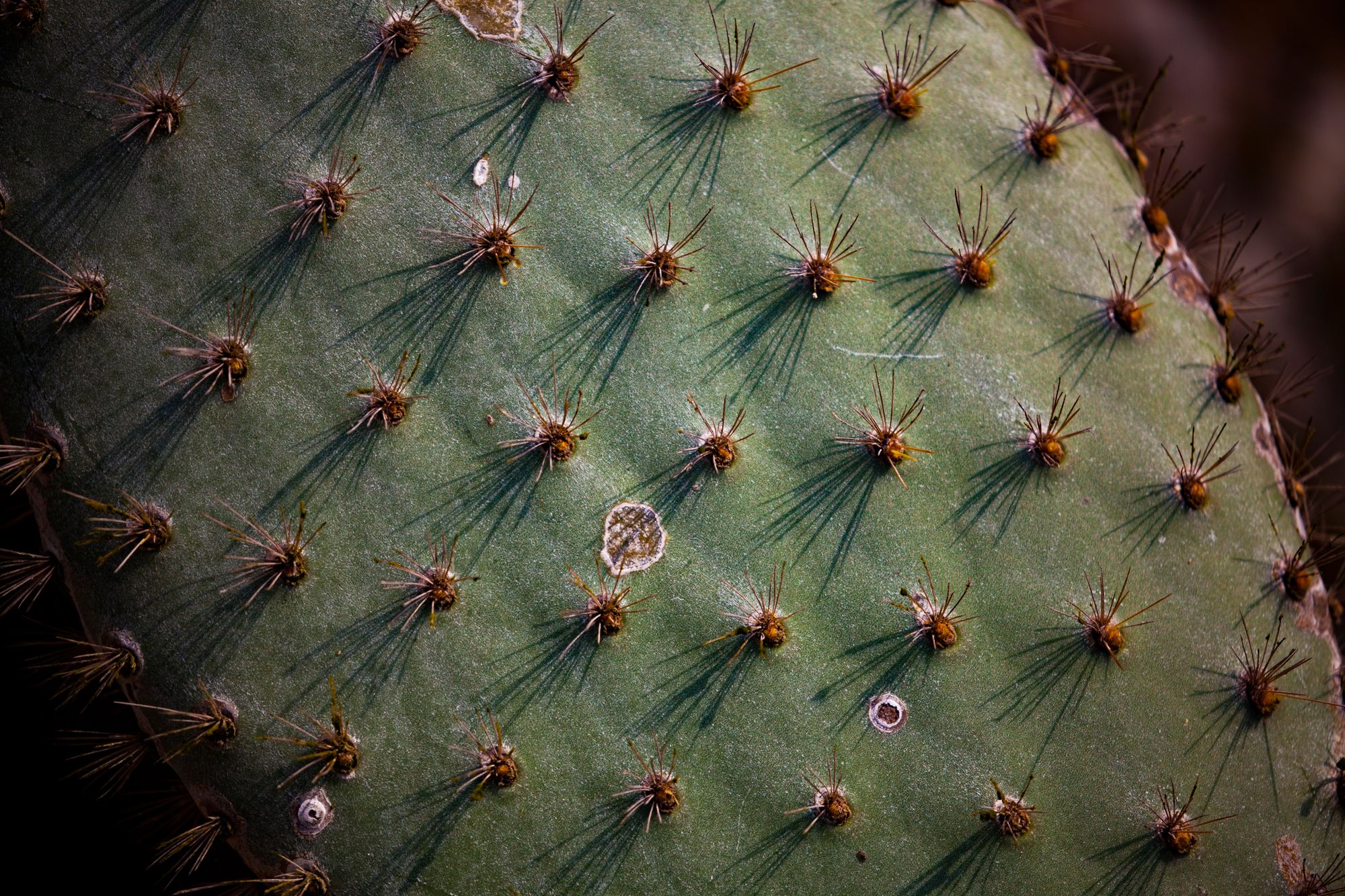
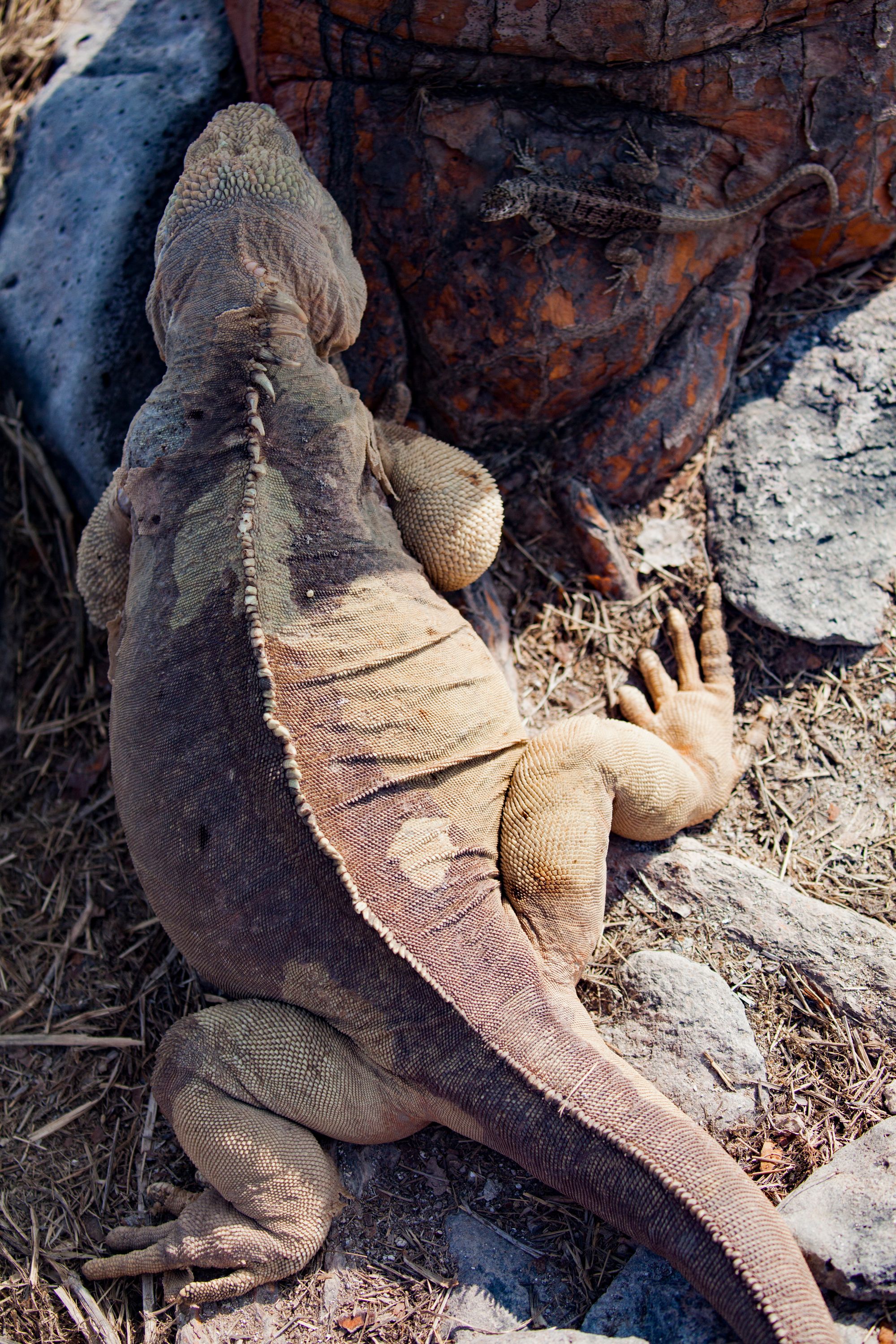
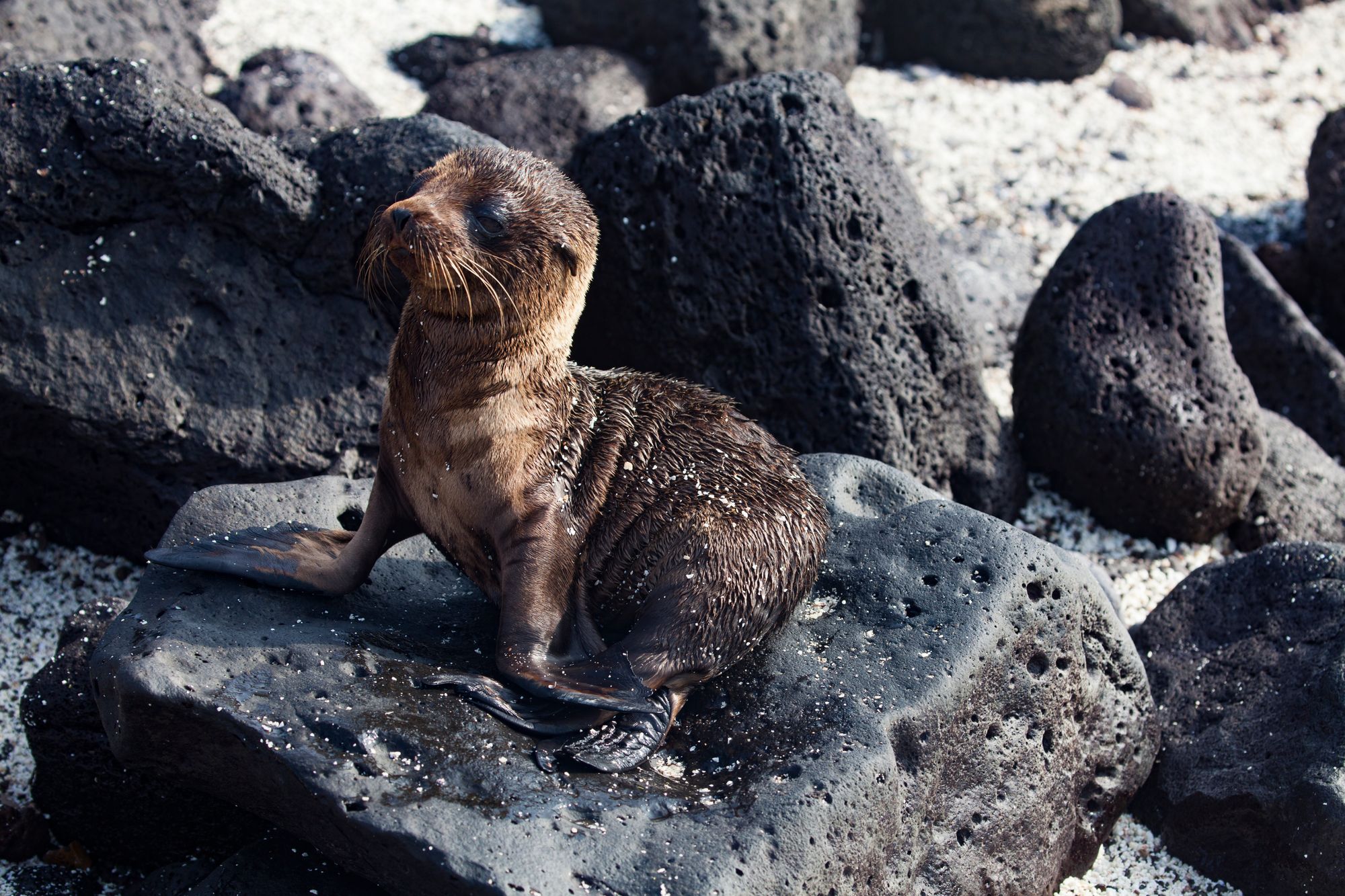

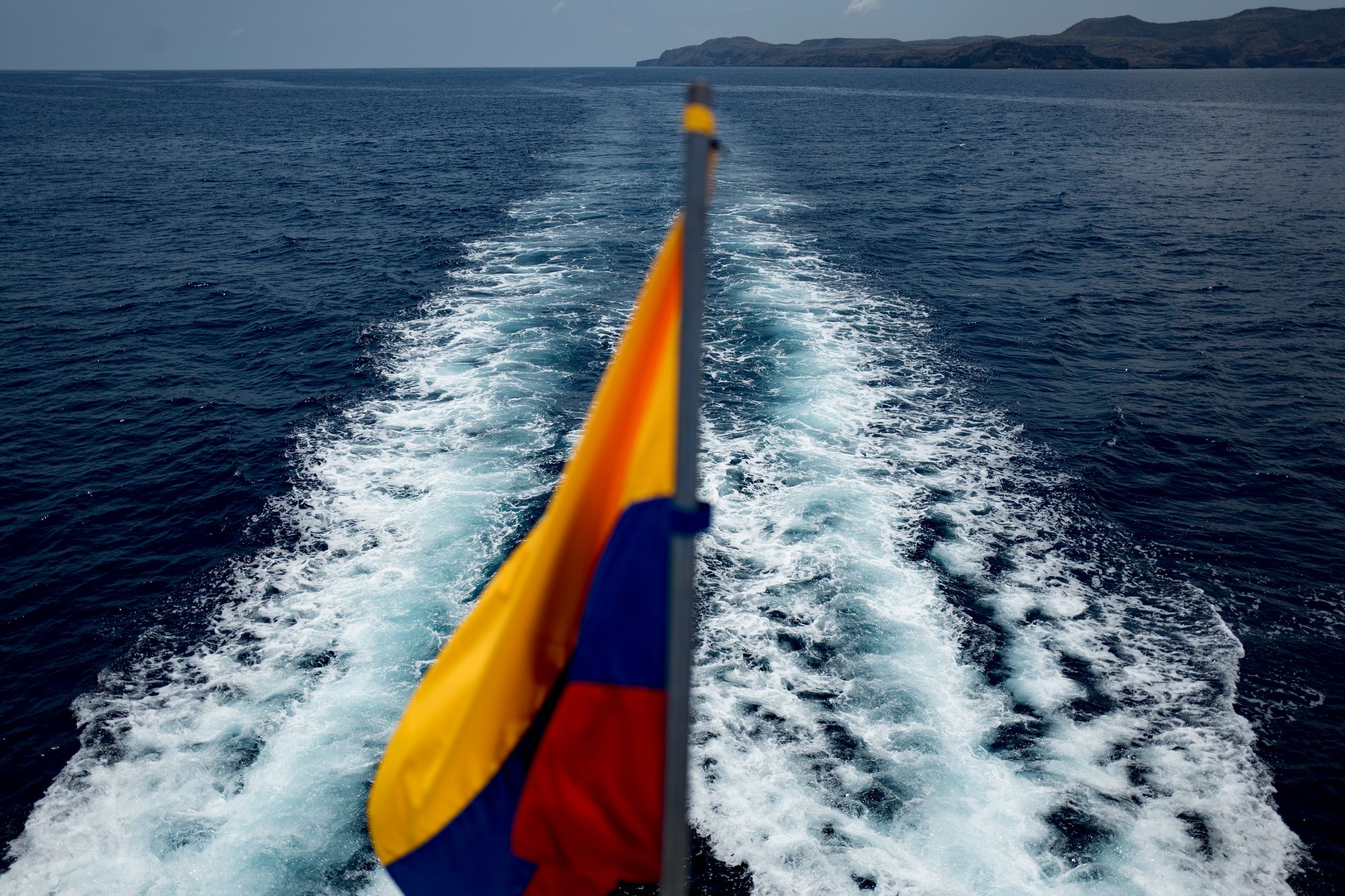
Santa Cruz Island
Santa Cruz Island is the most populous of the islands, and is home to the Charles Darwin Research Station and Galápagos National Park Service. It is the other island with an airport and where we disembarked back to Quito.

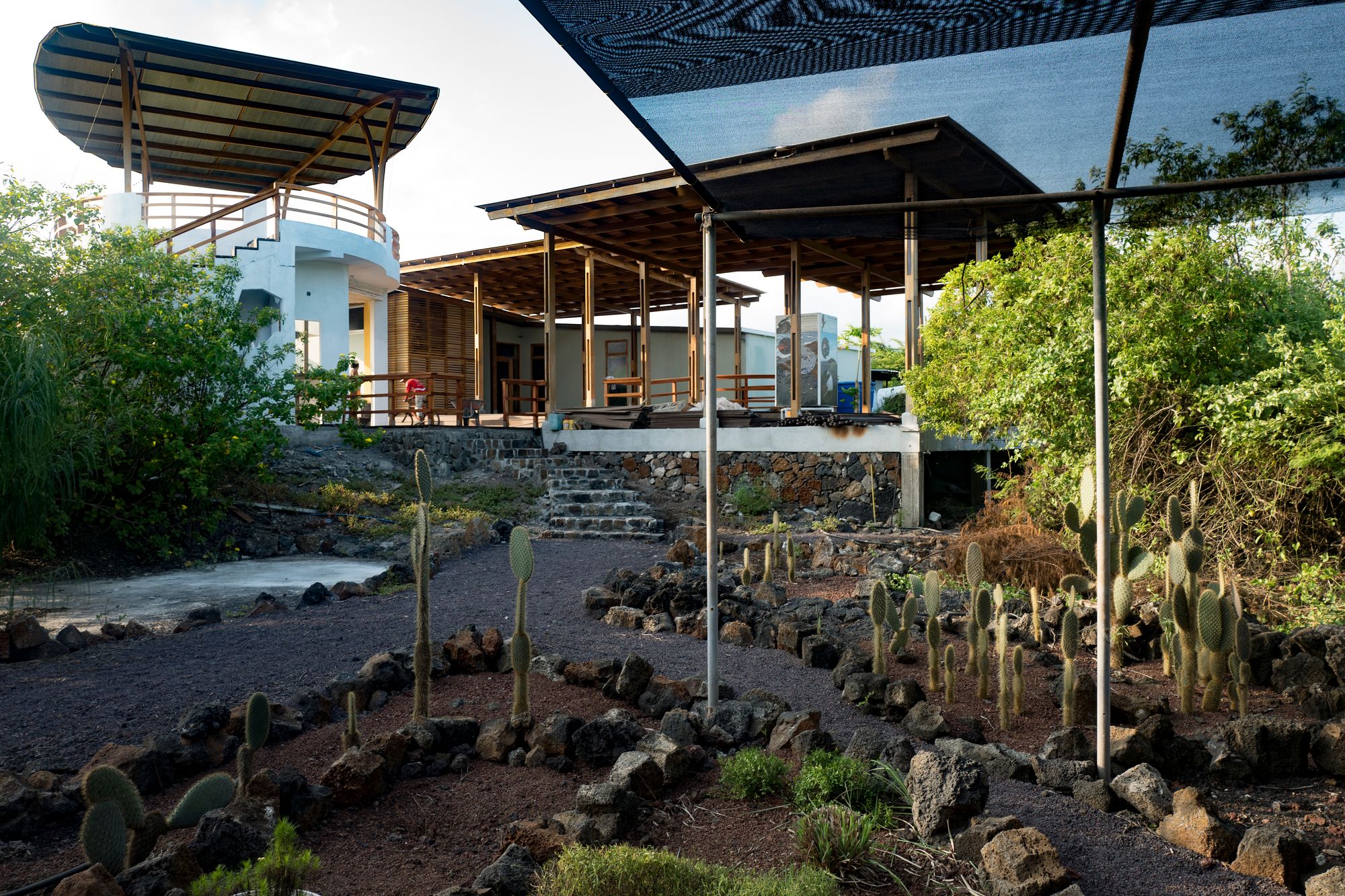

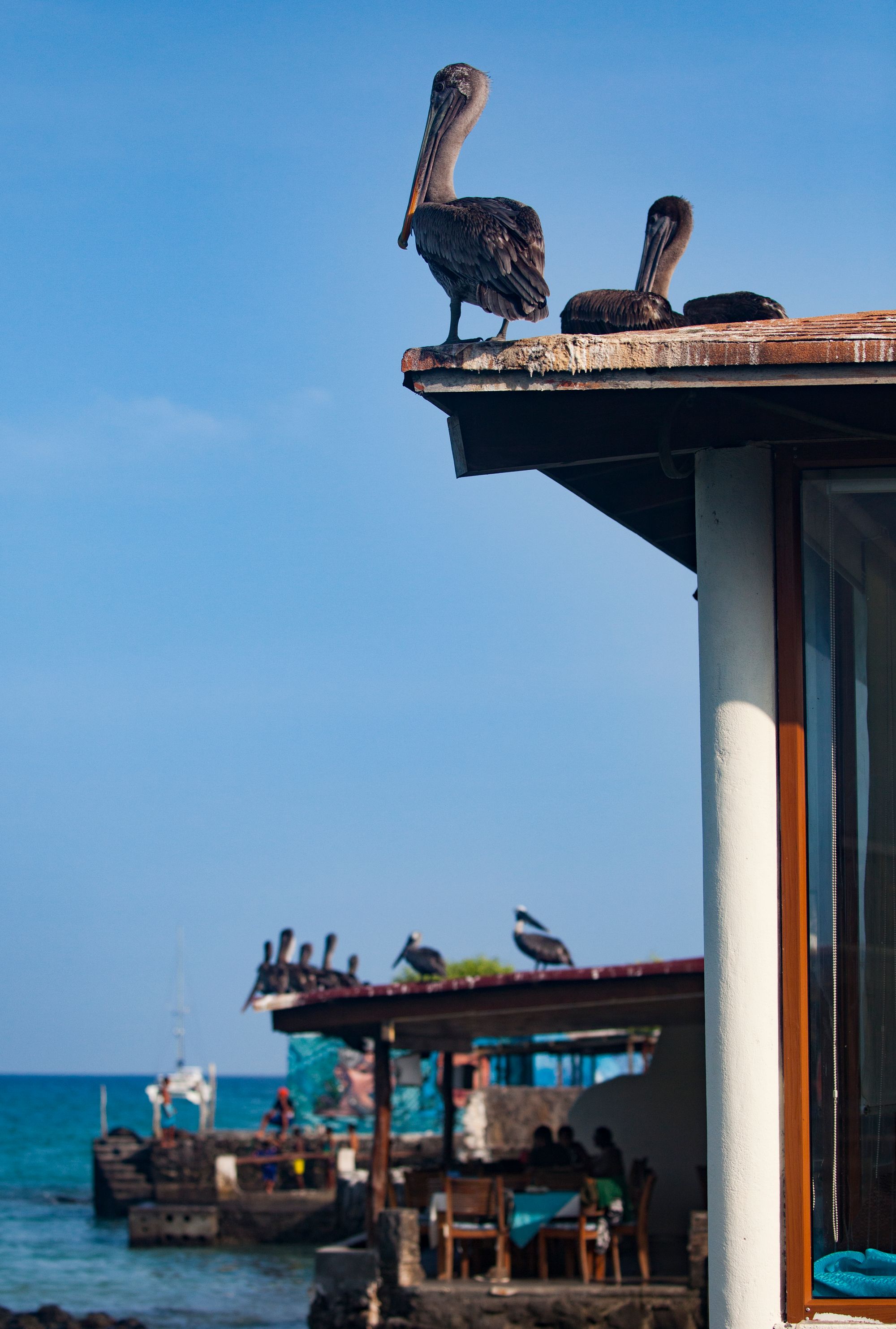
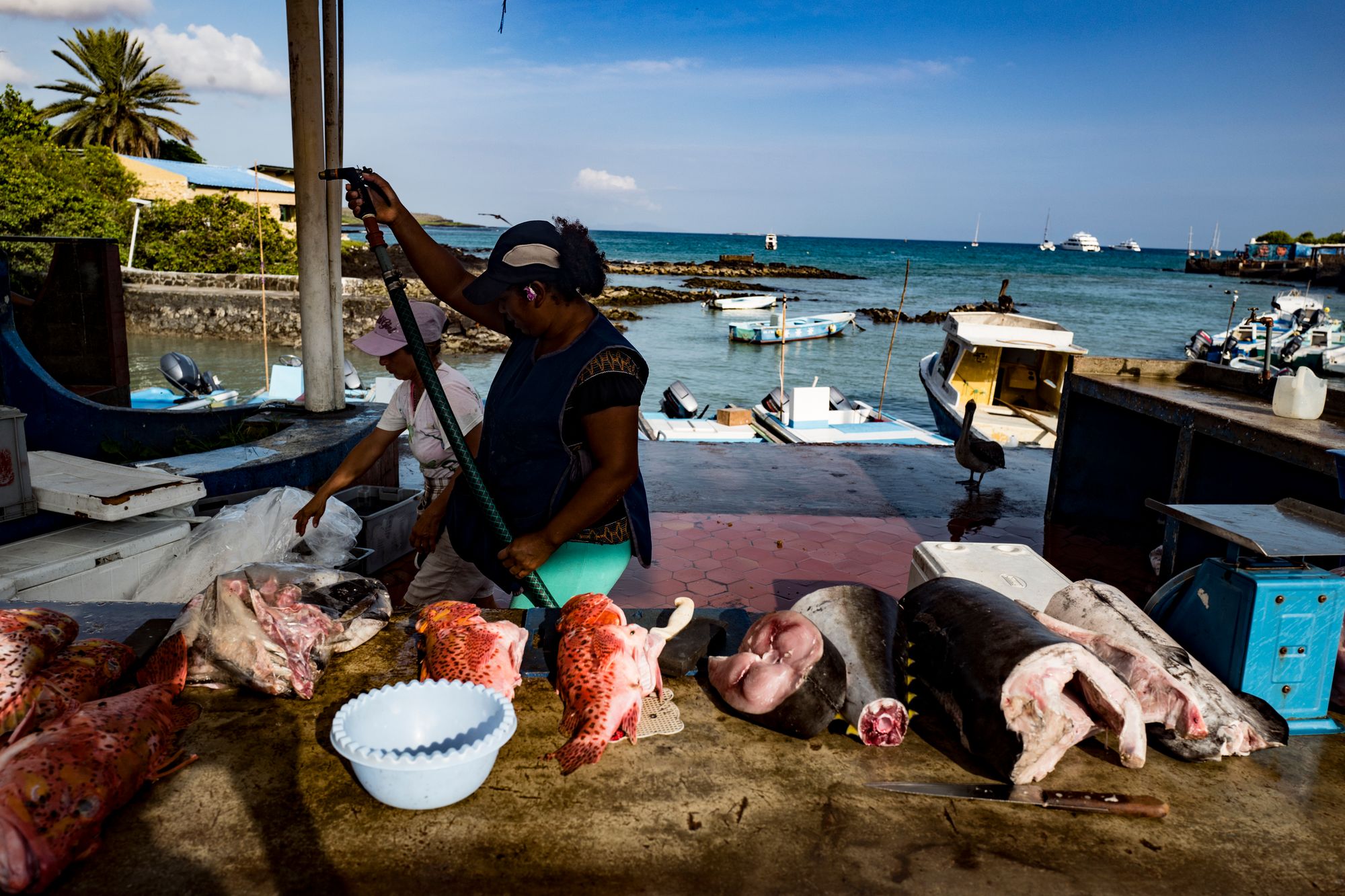

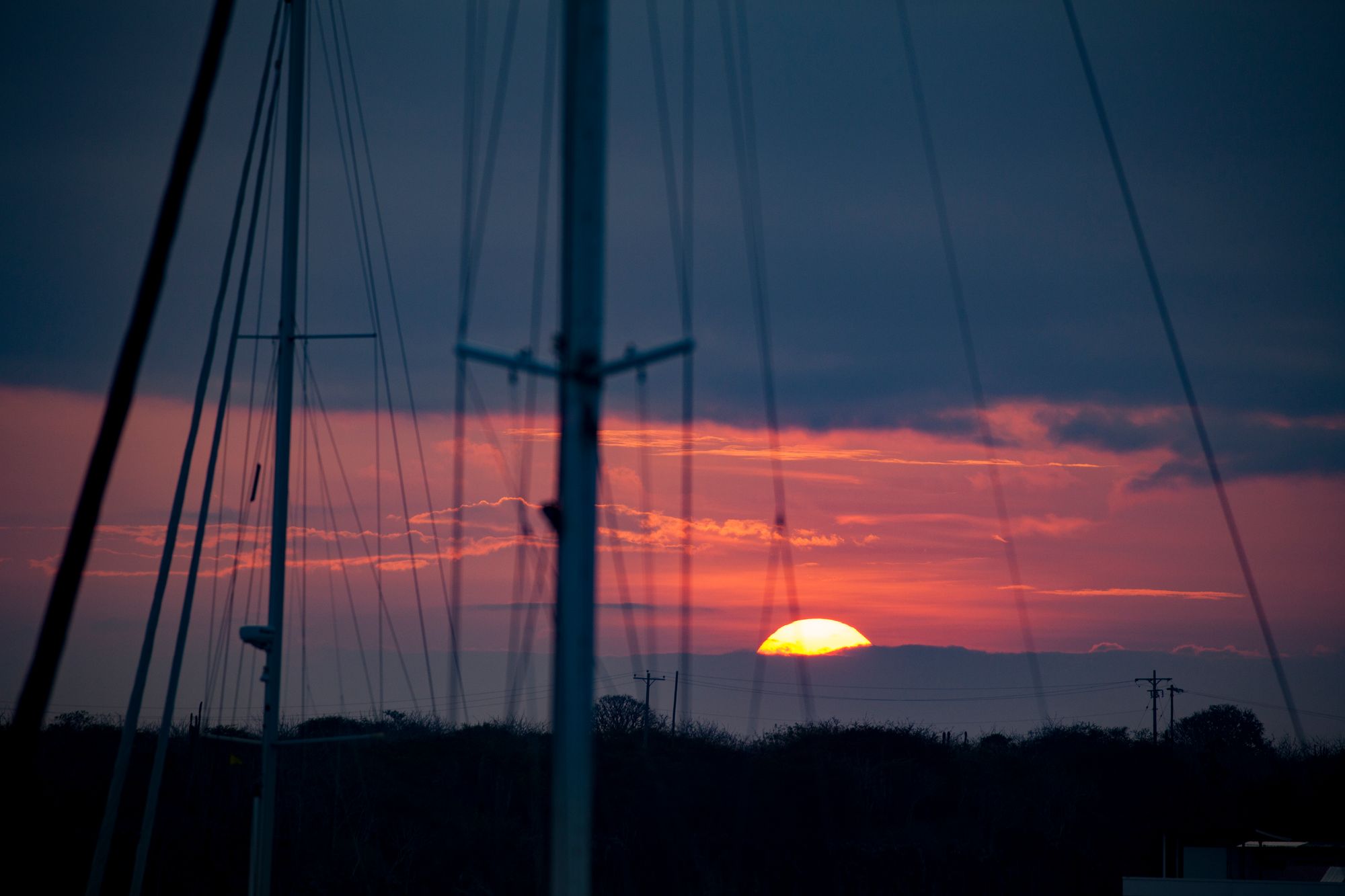
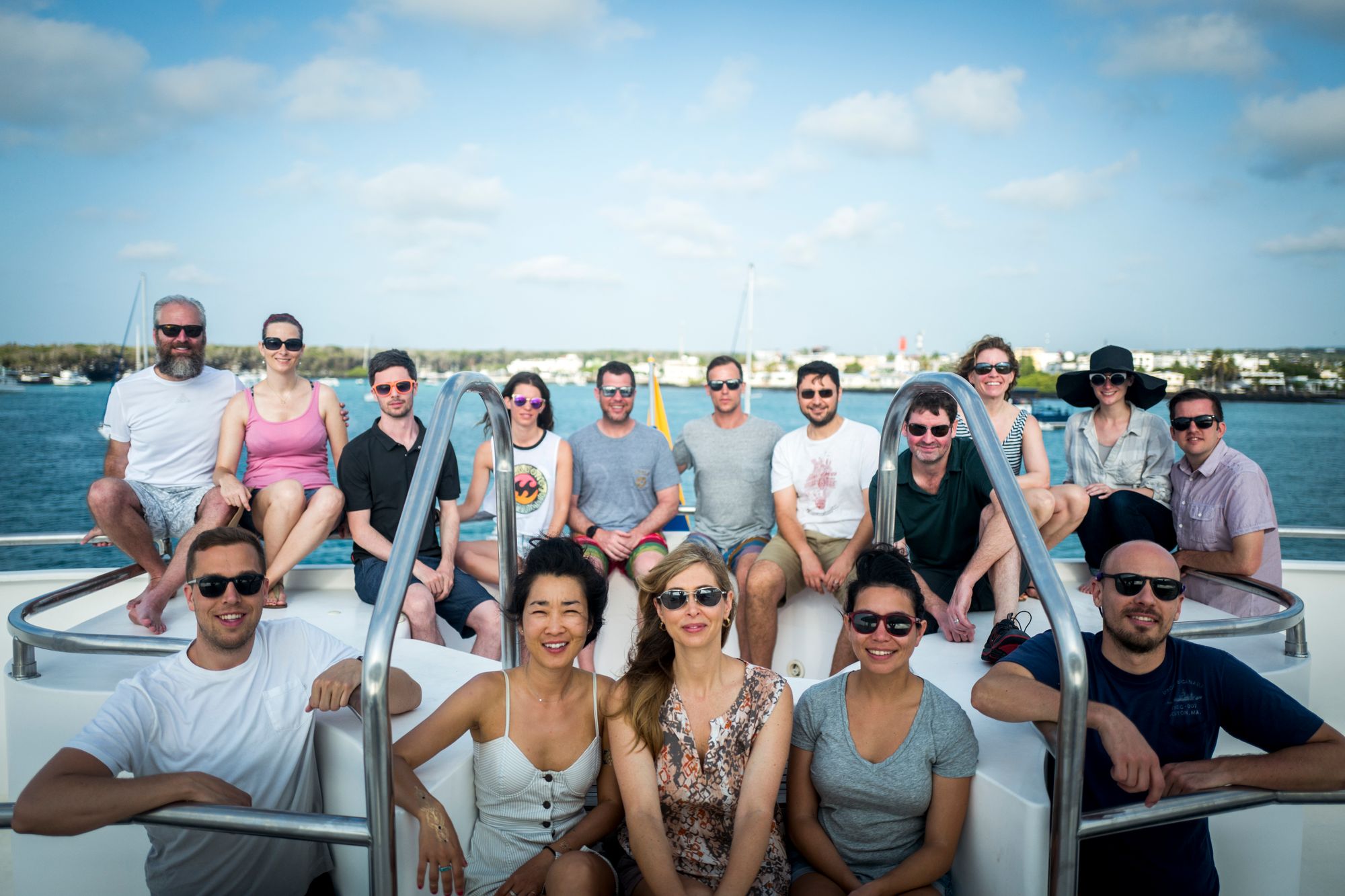

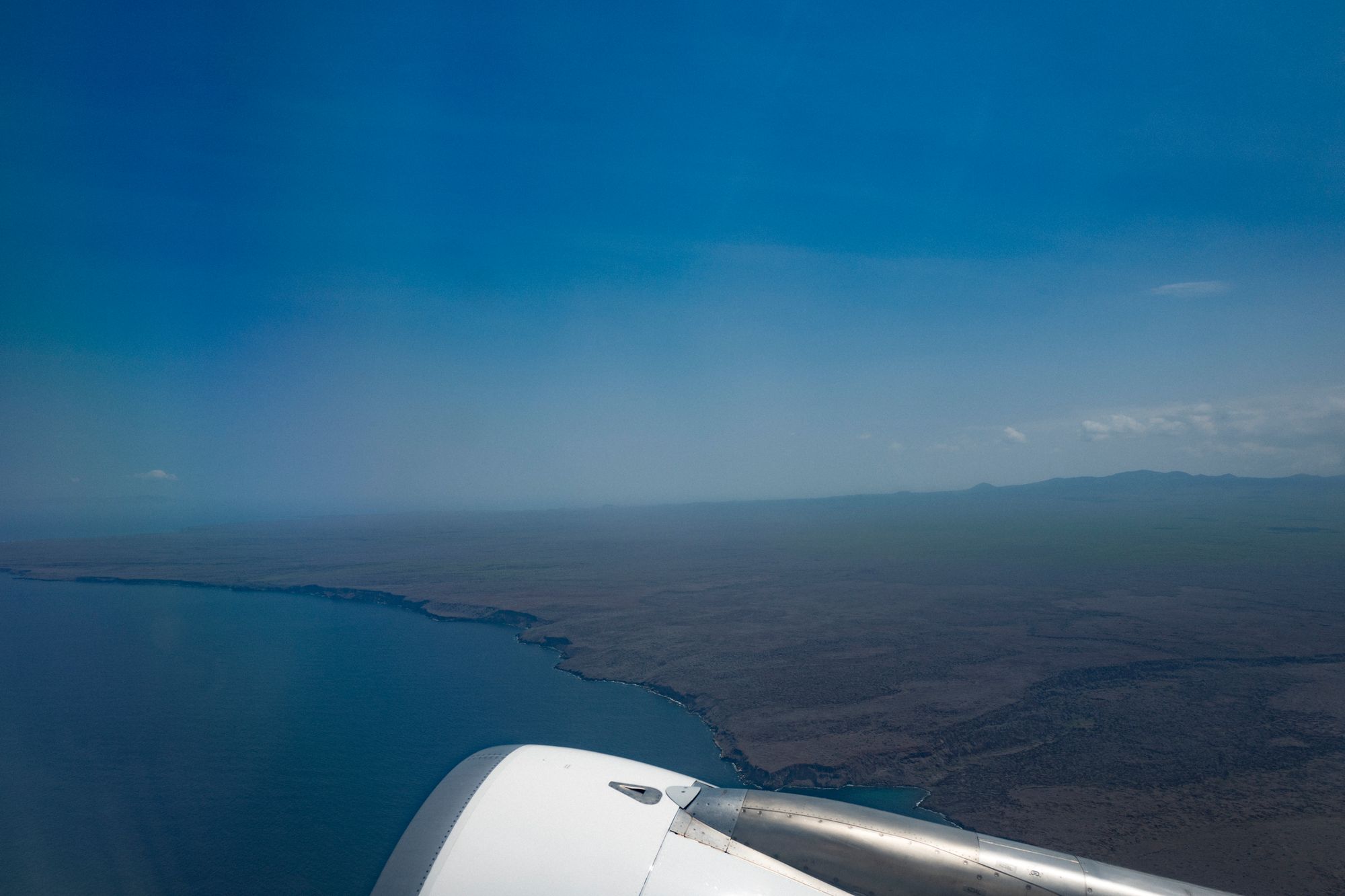
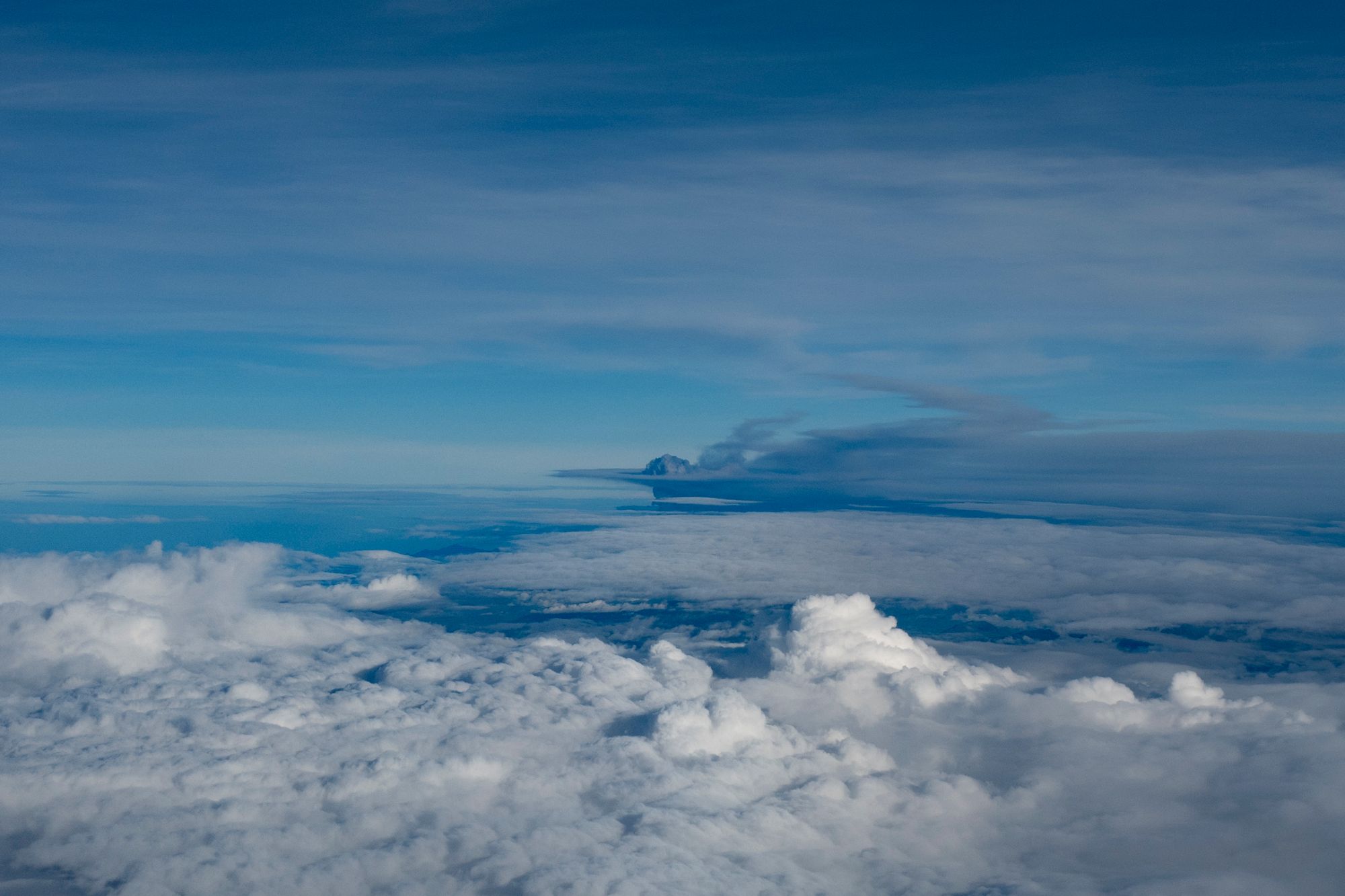
This edit and recap of this trip is different than the one I would've made for it 7 years ago. There is a distinct pleasure and unique effect on memory to revisit an experience years in the past. Pull it up from the earth, brush it off, polish it a bit. It’s simpler now, more nostalgia than documentary.
Thanks for your patience to get it here.